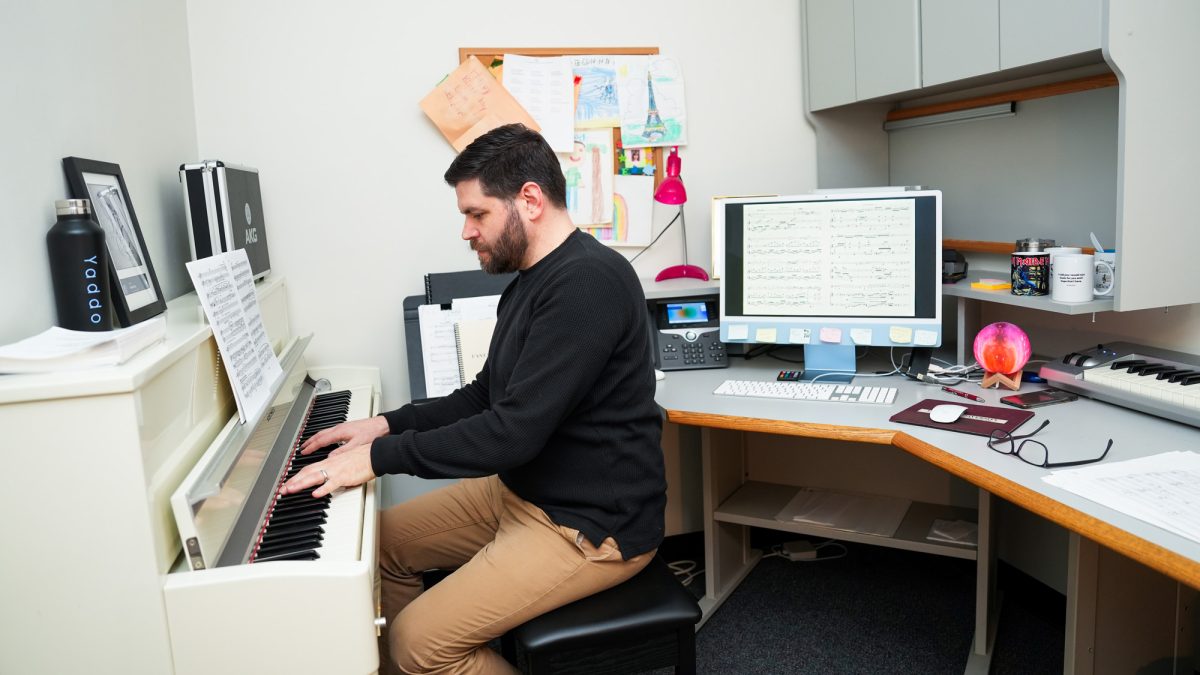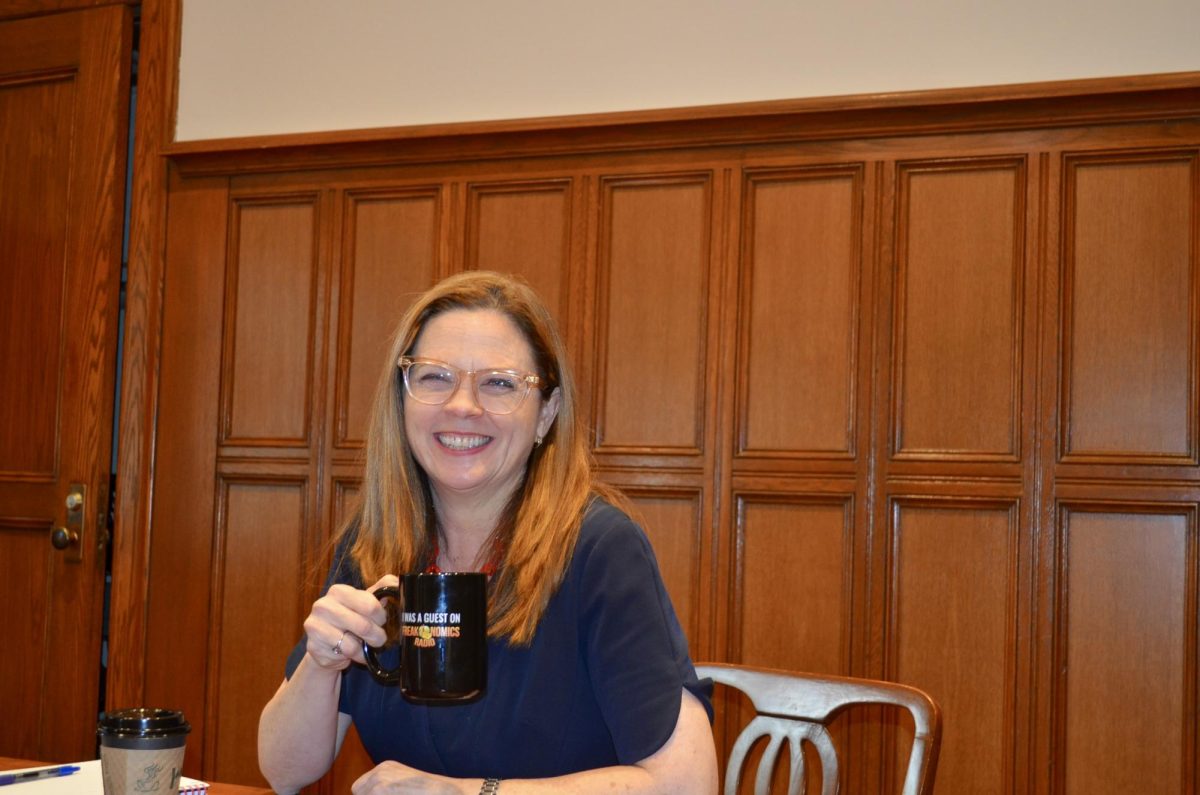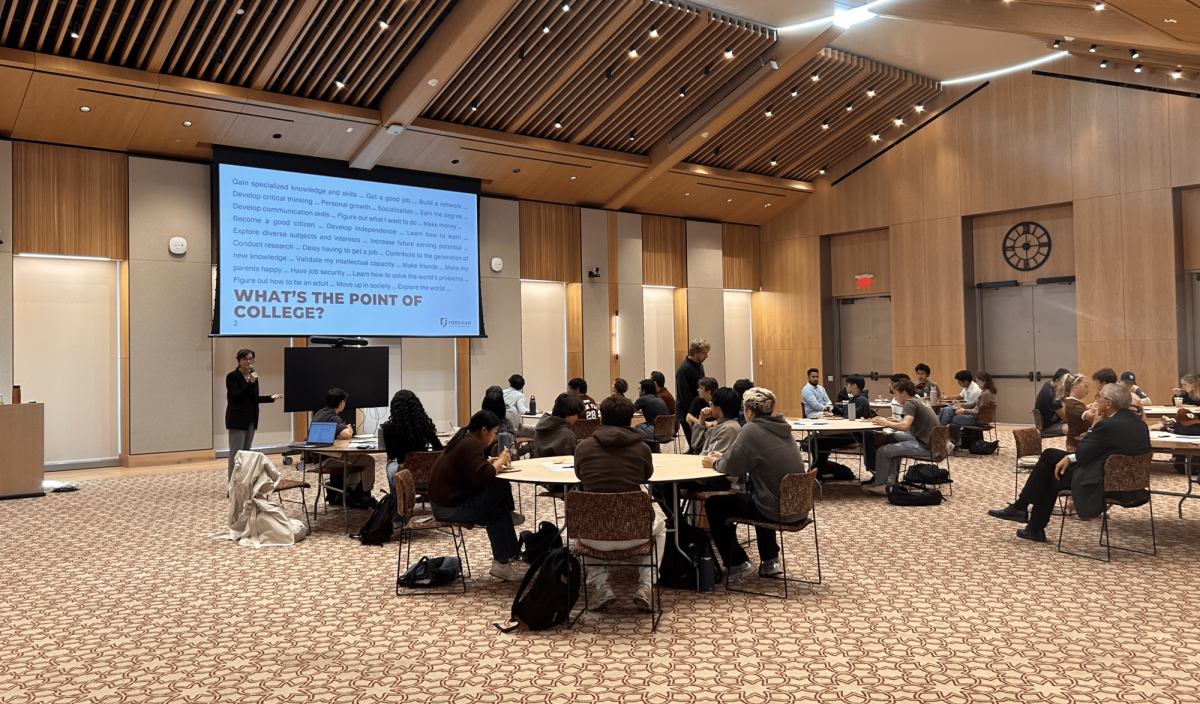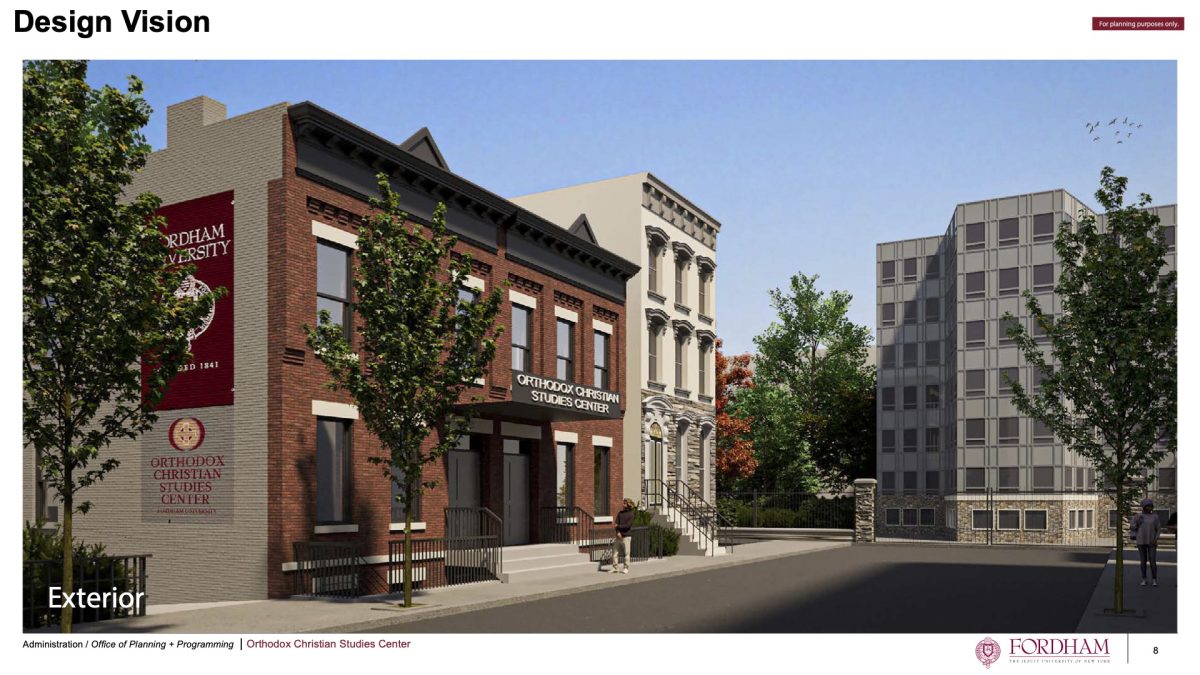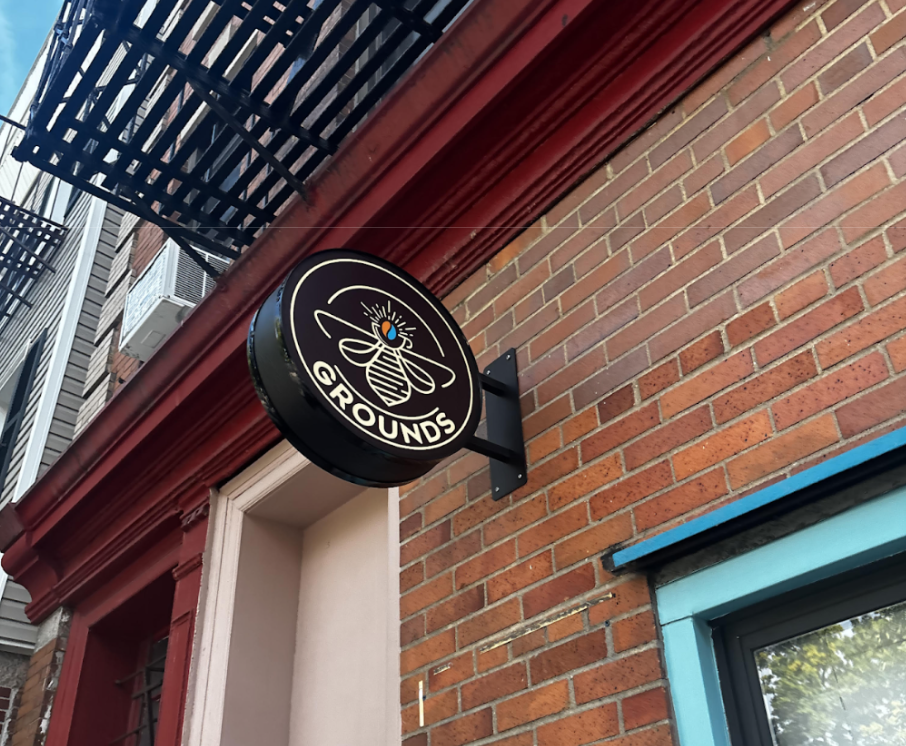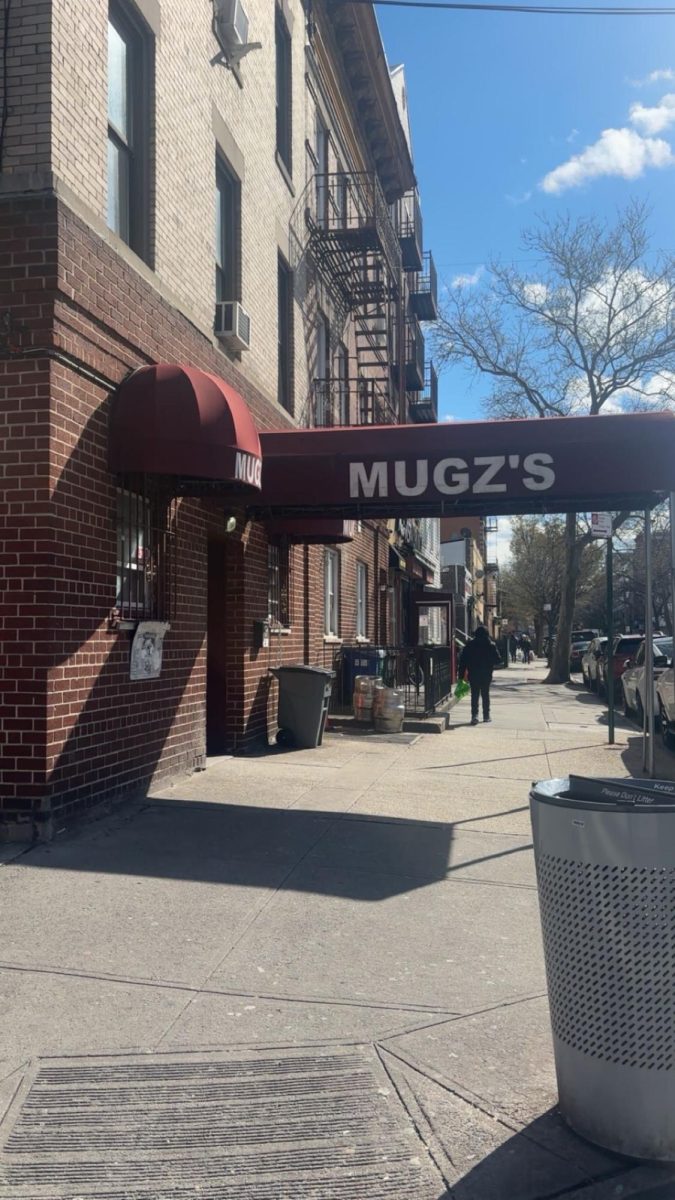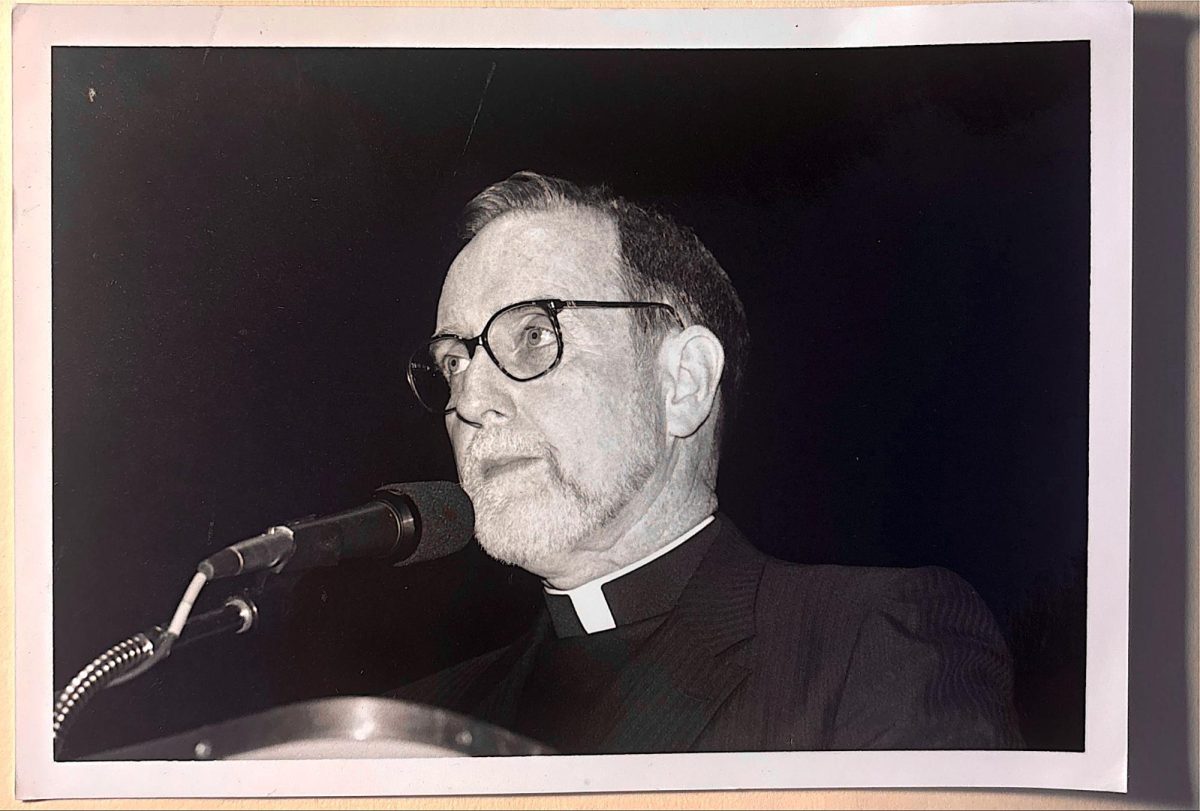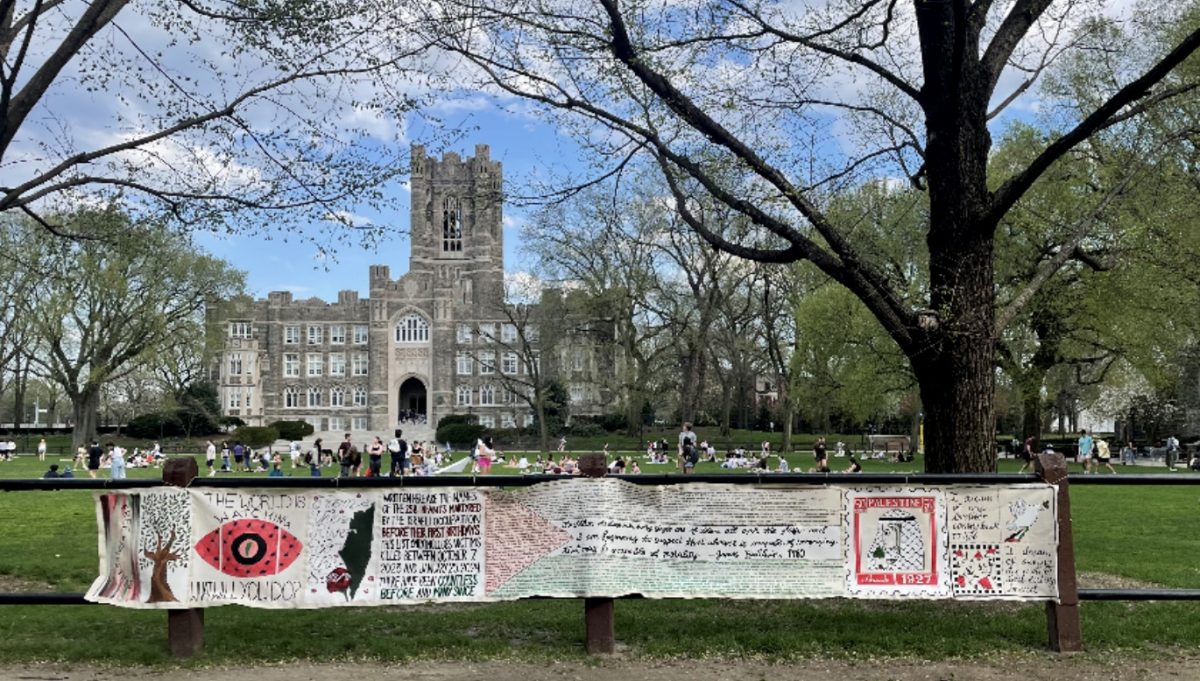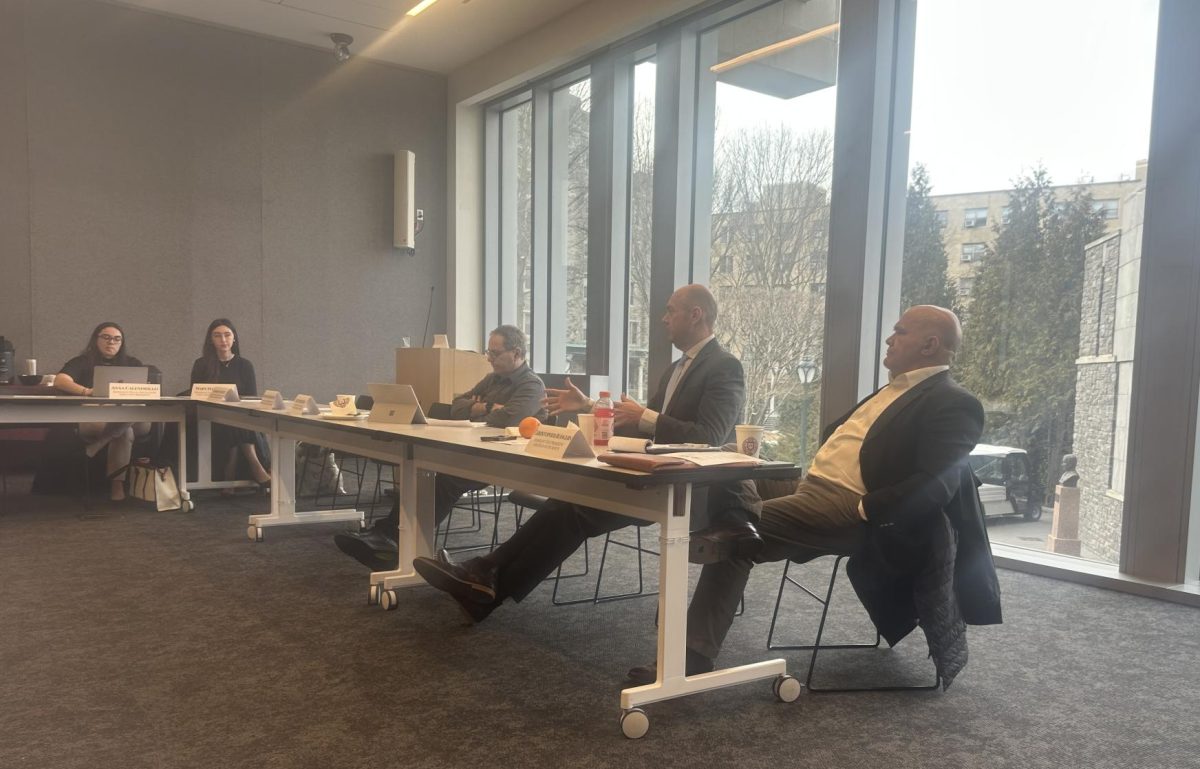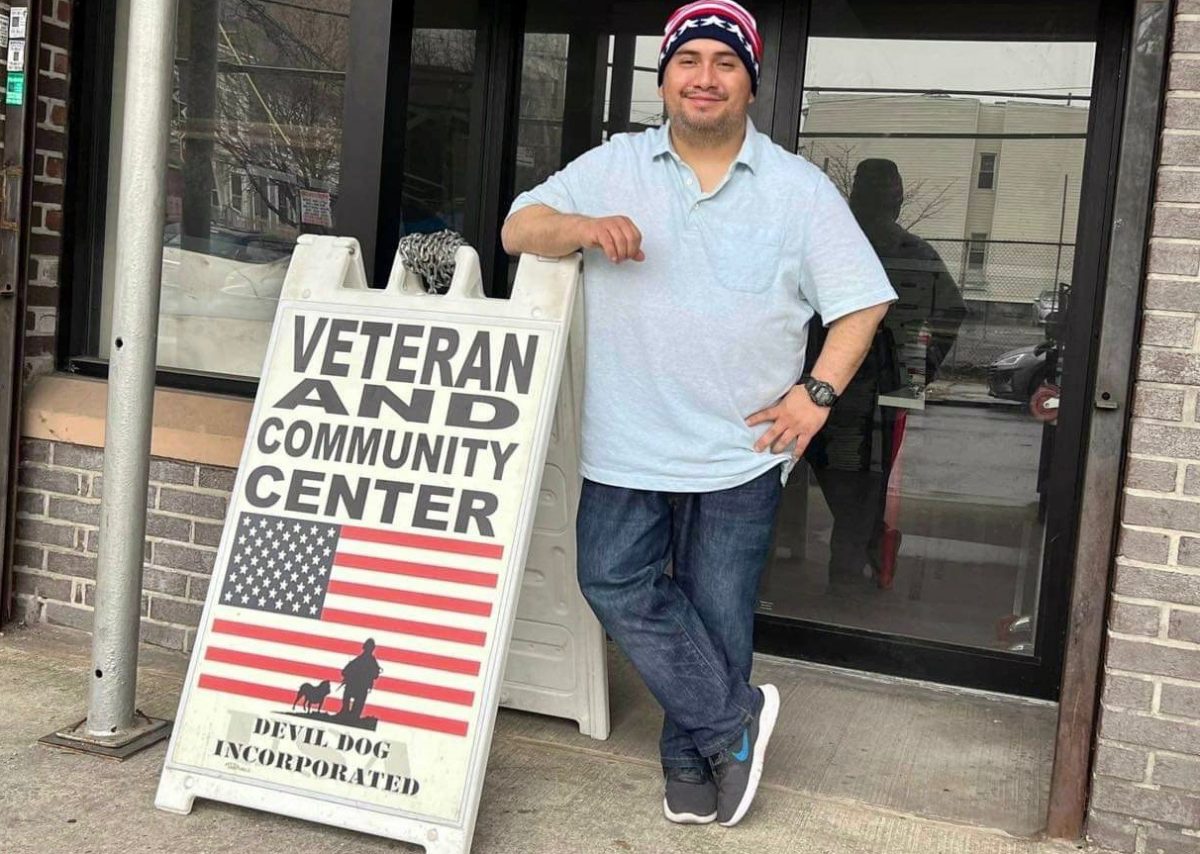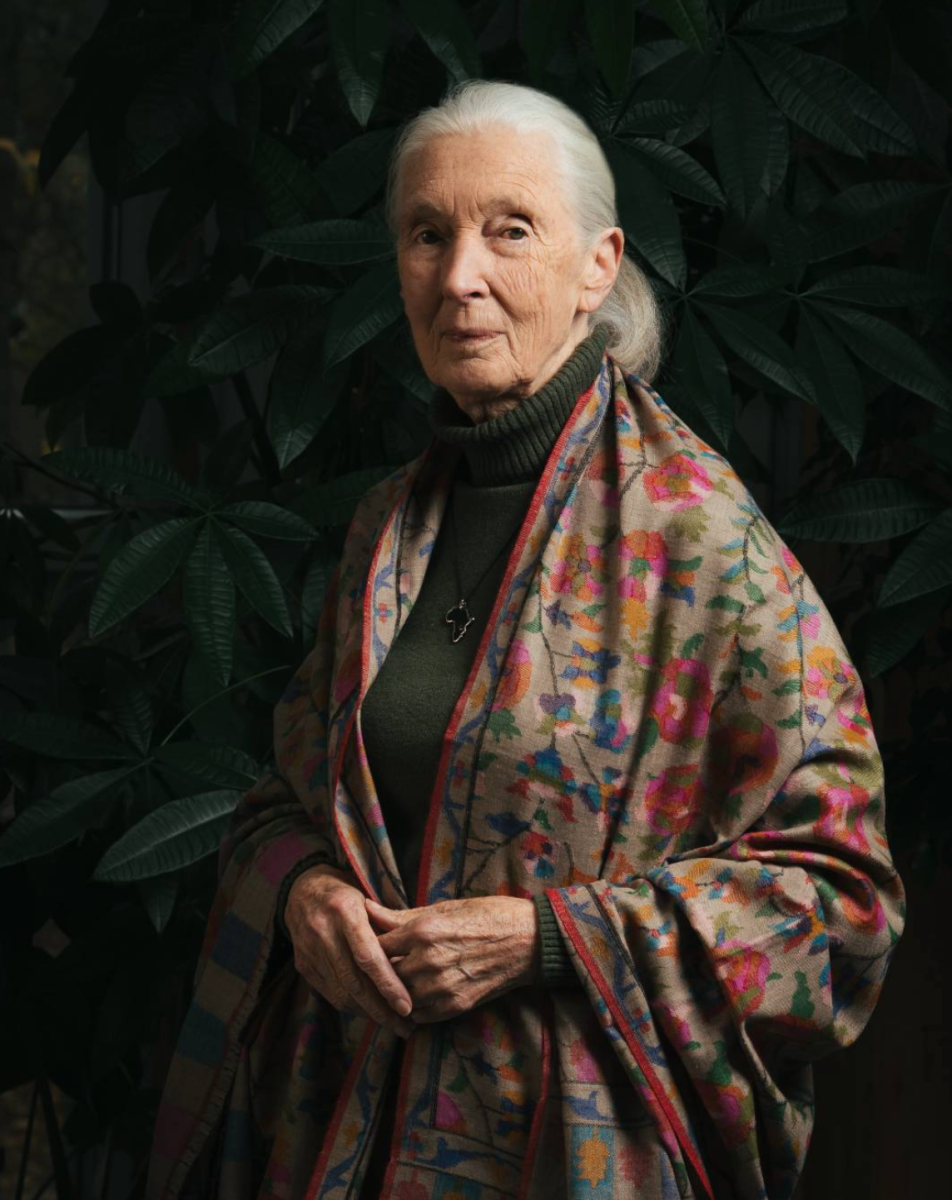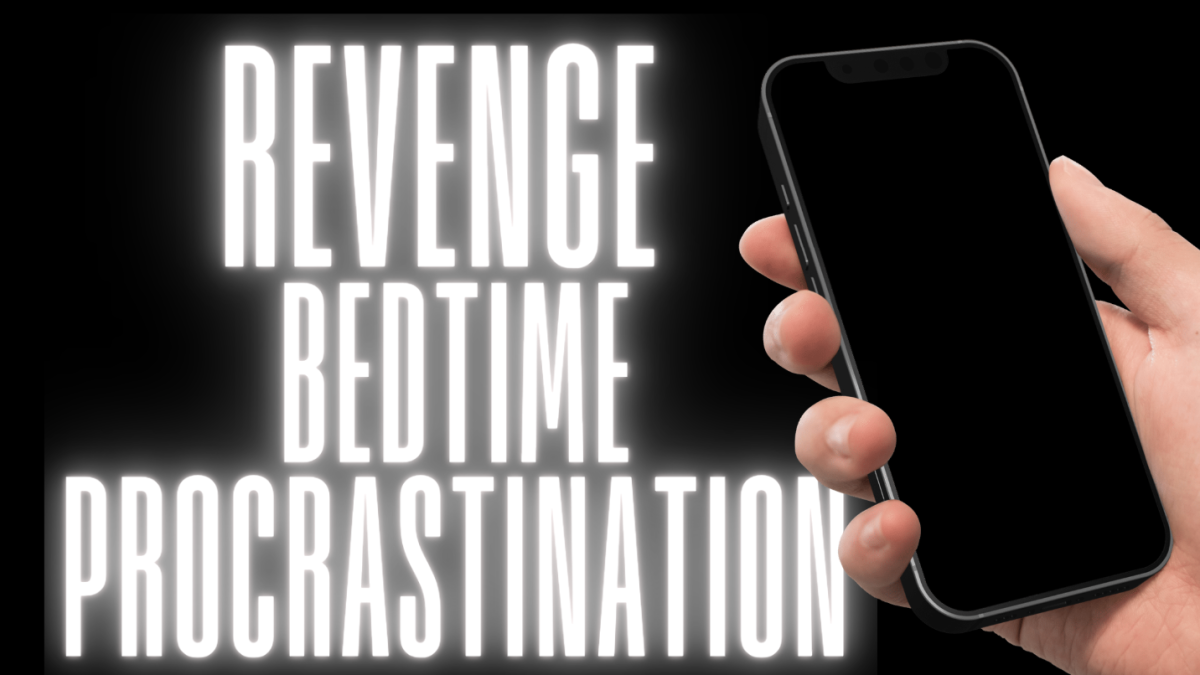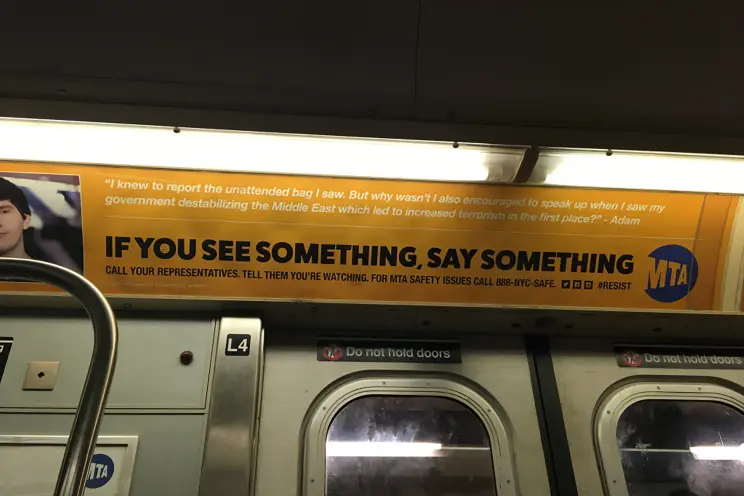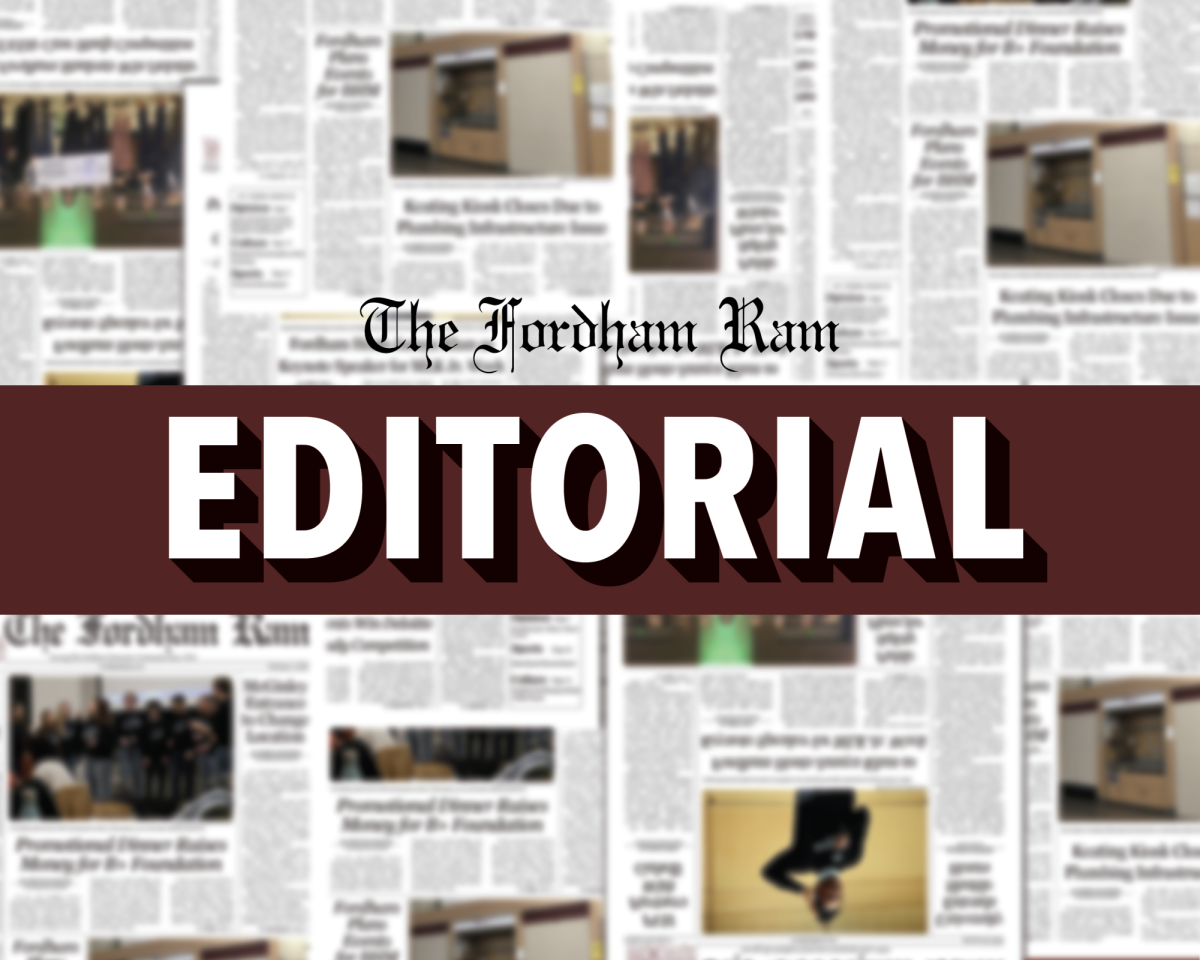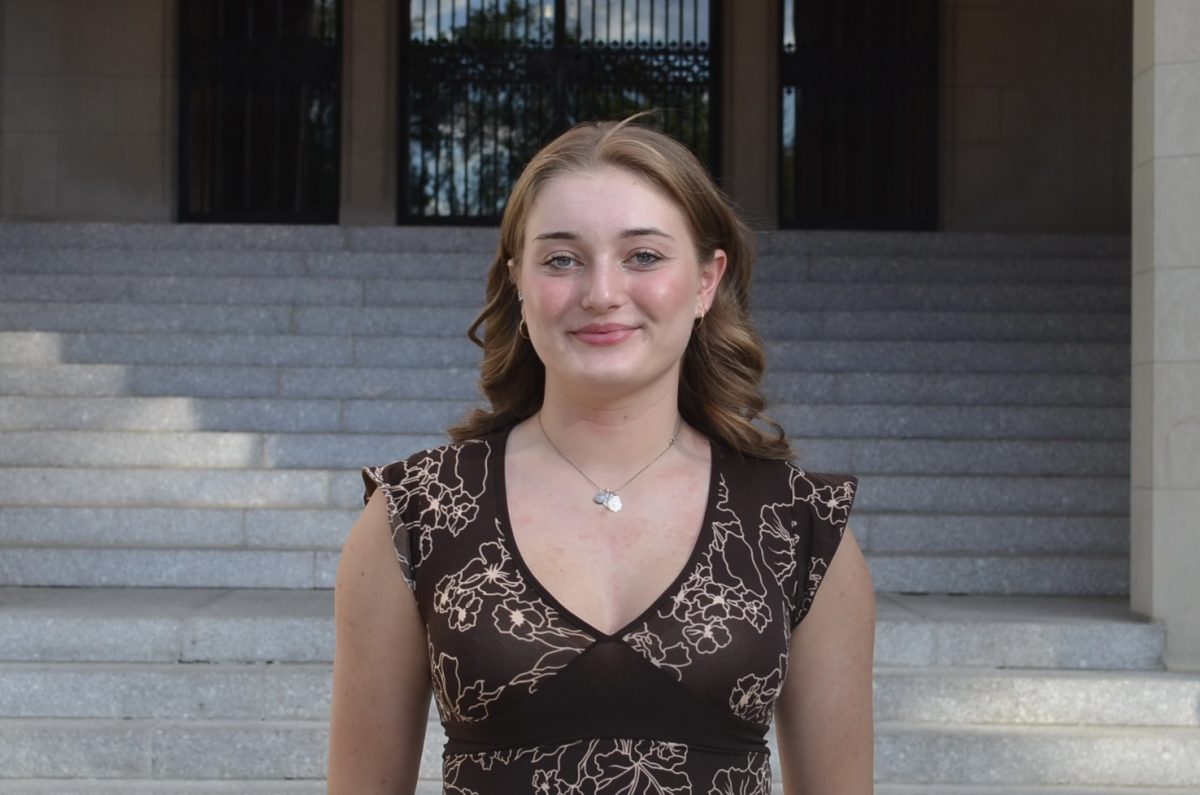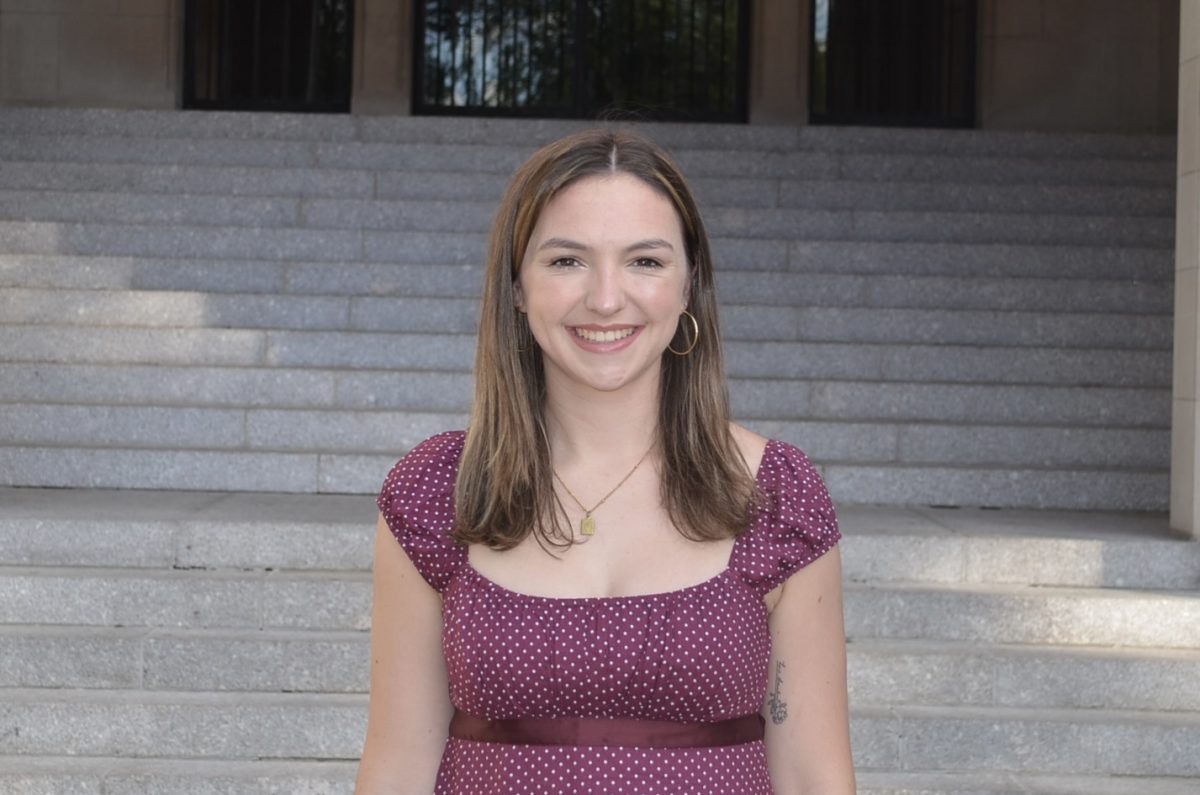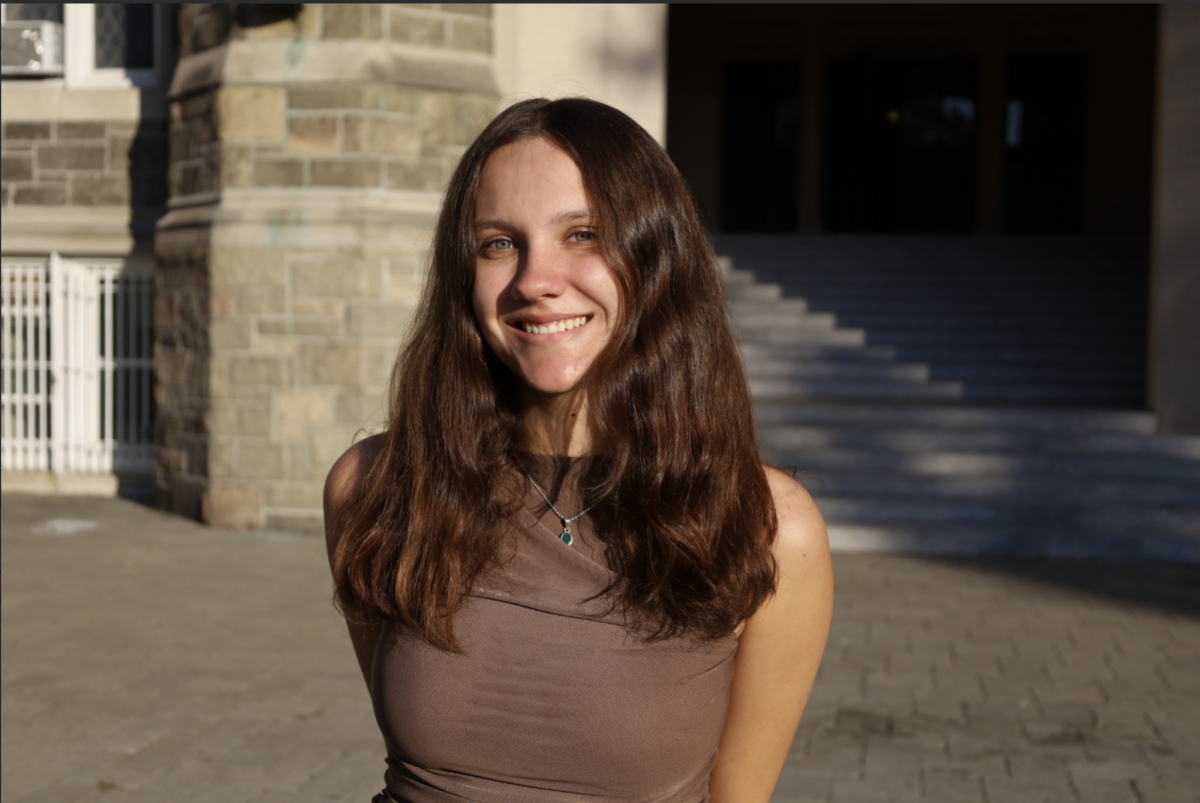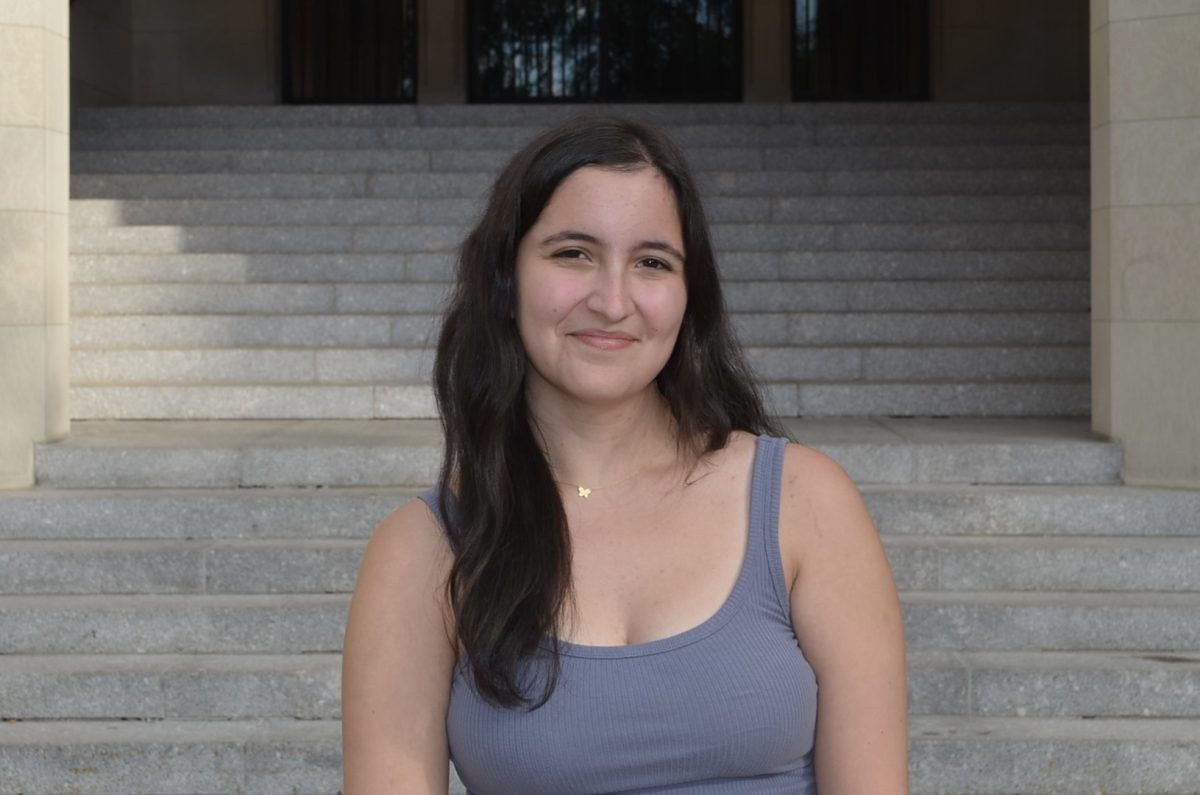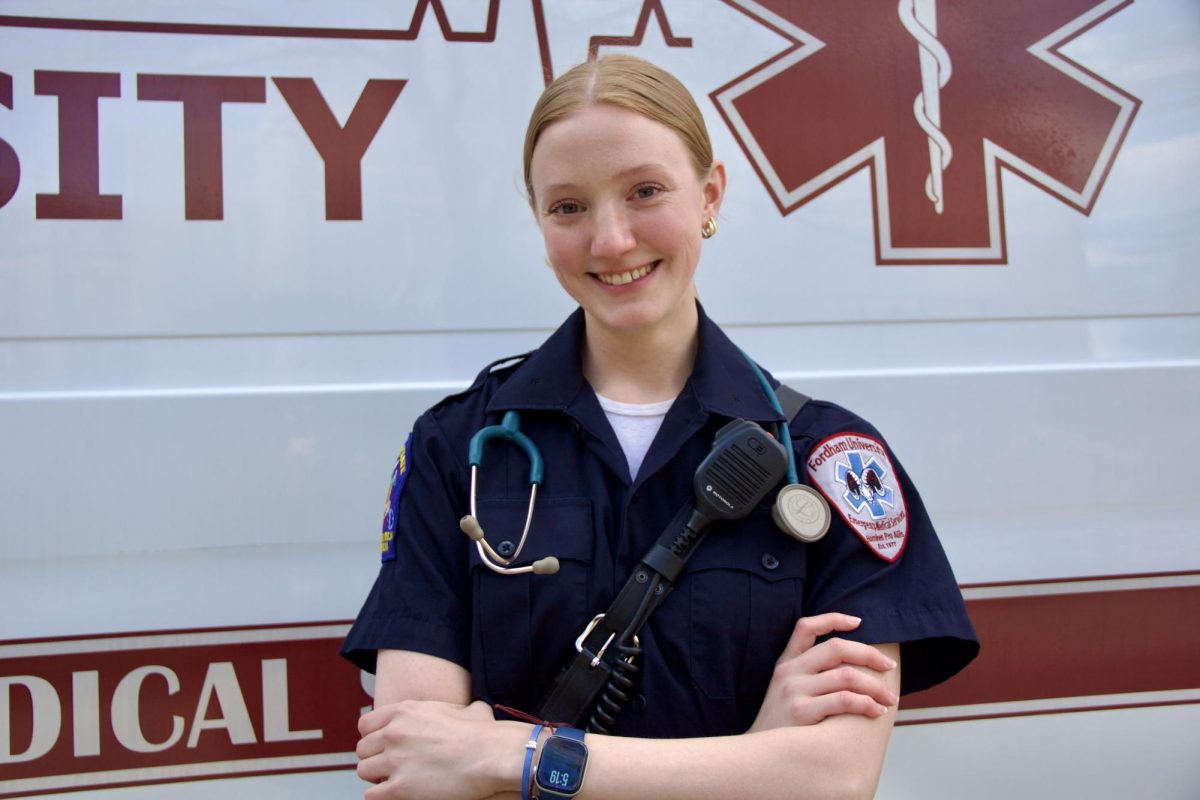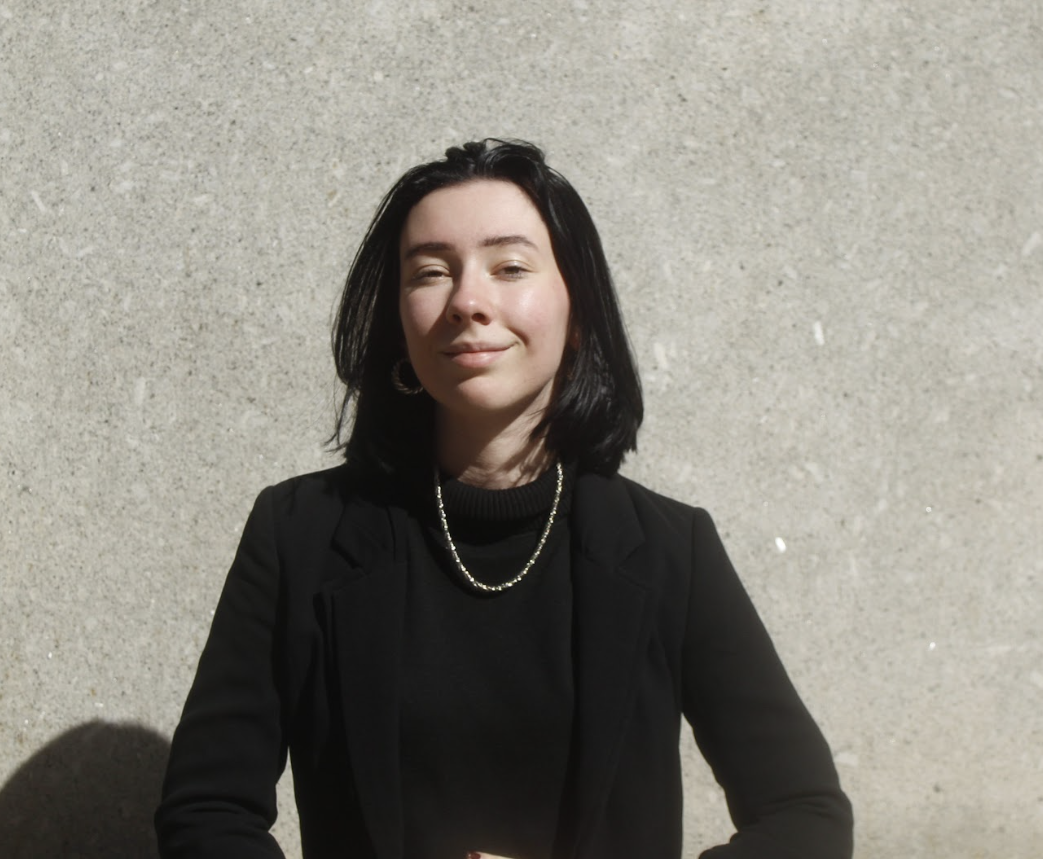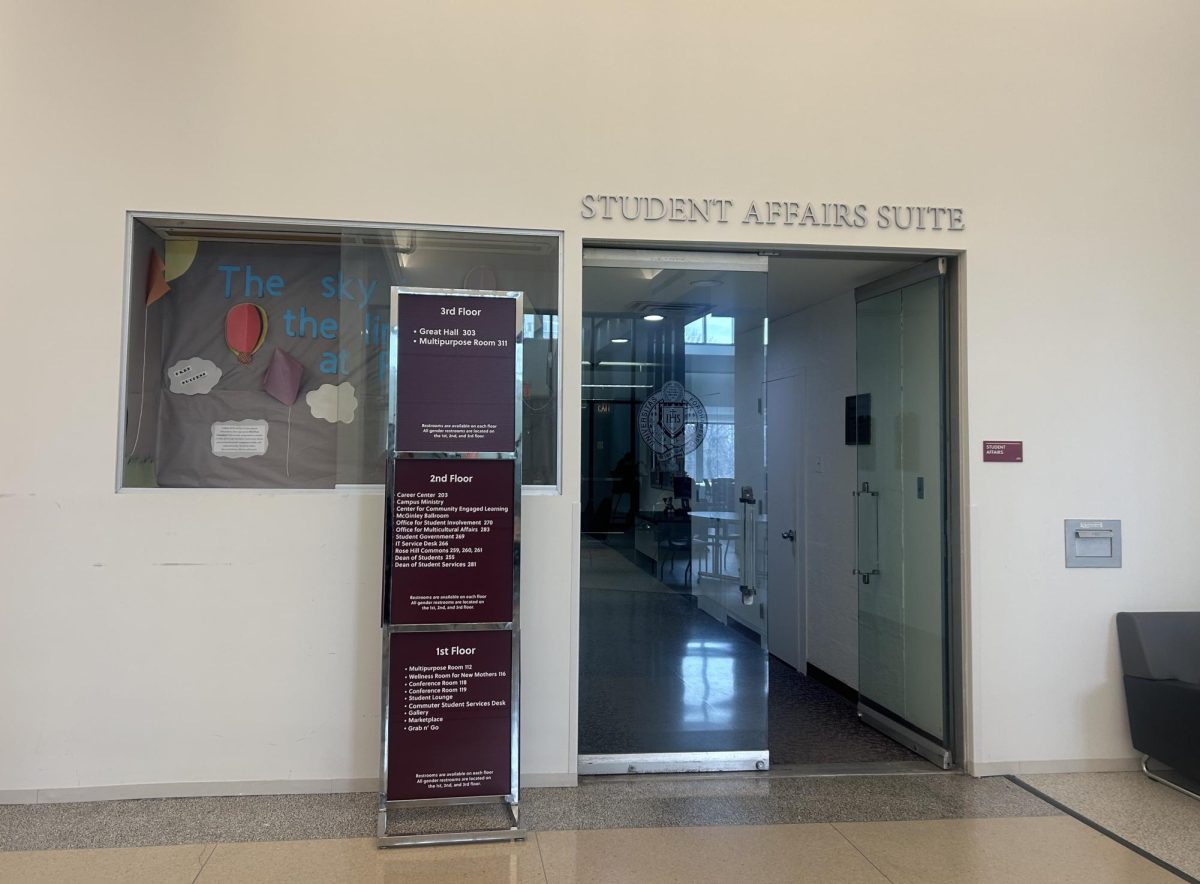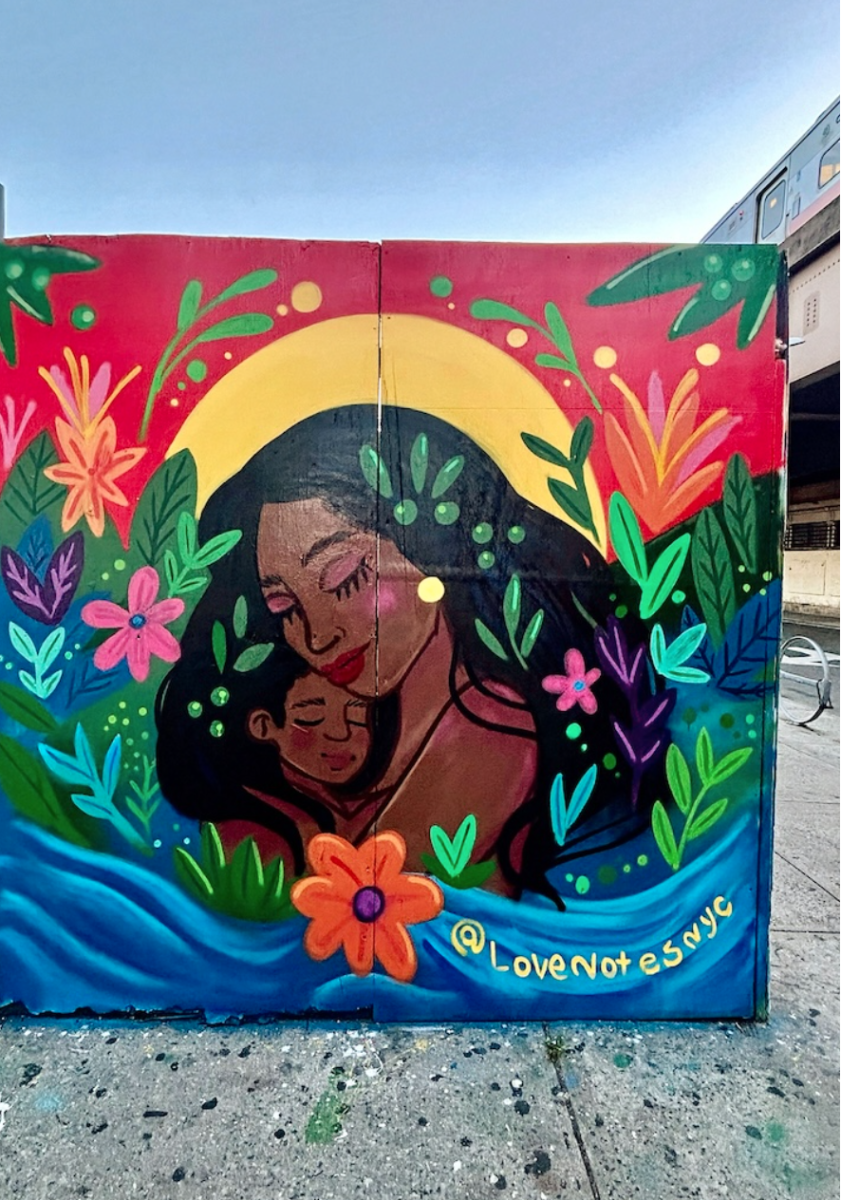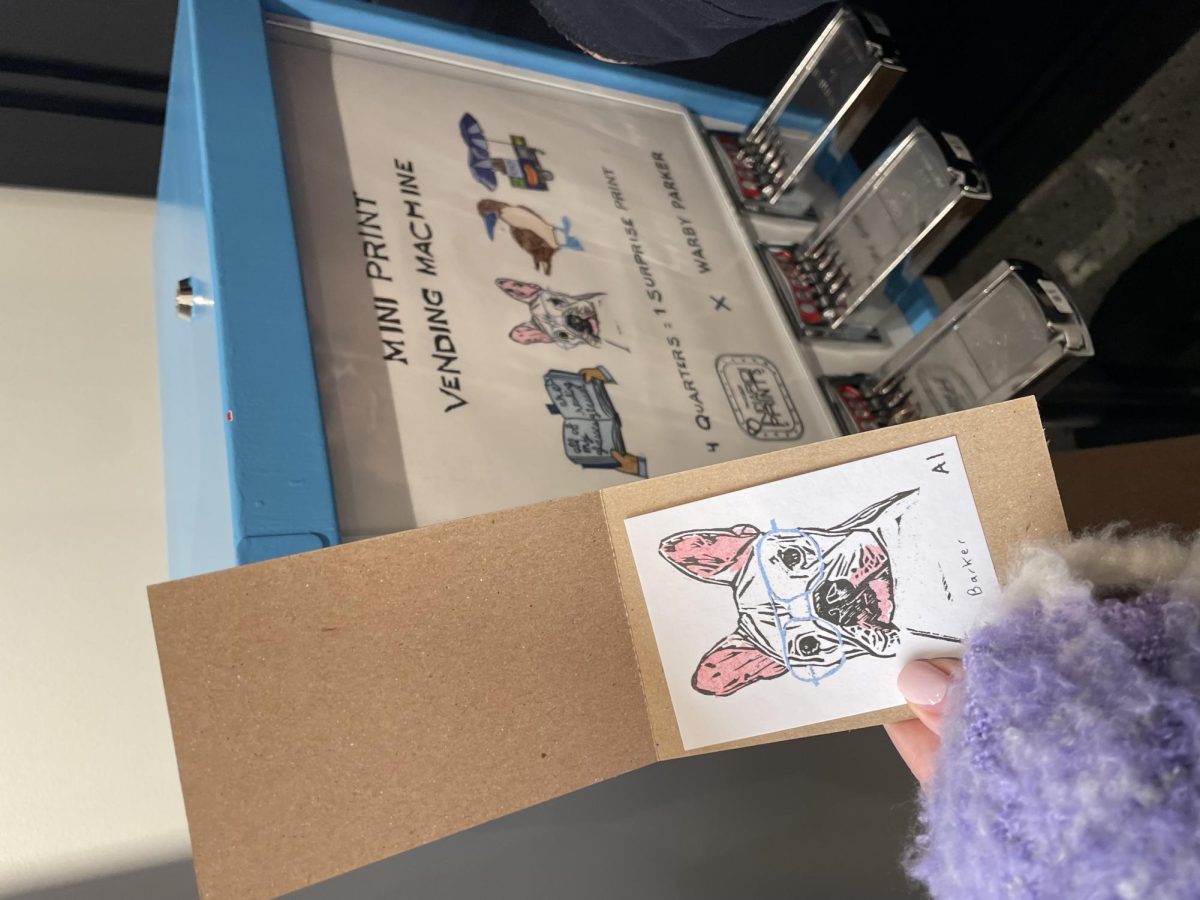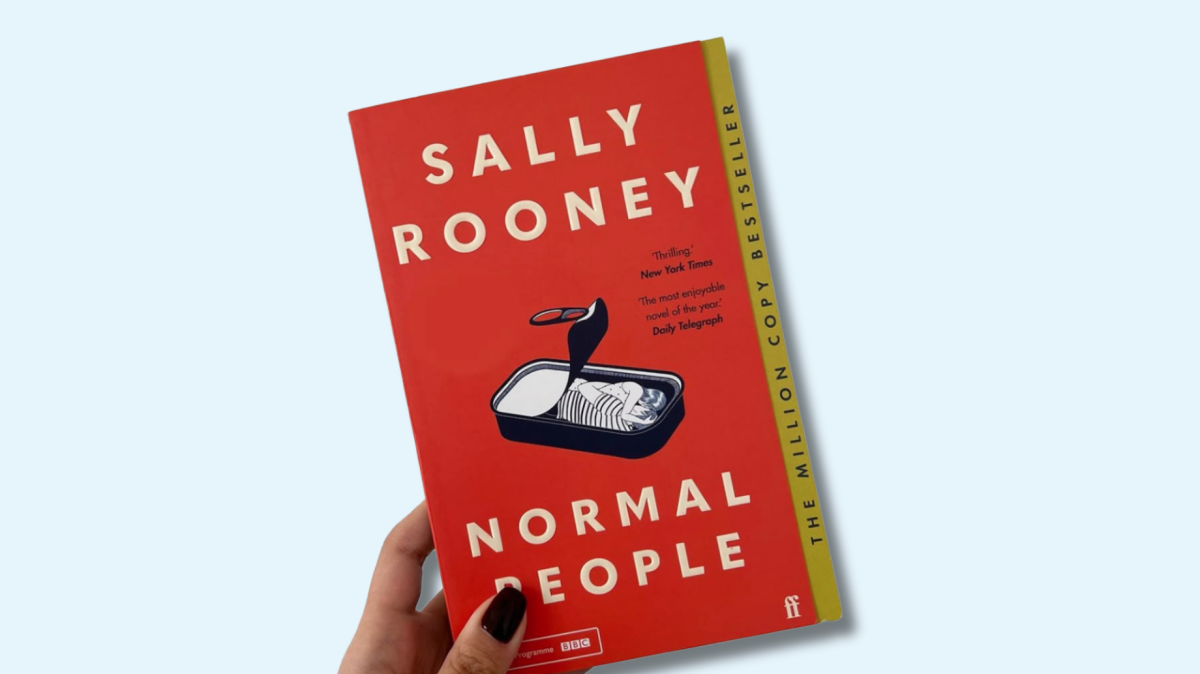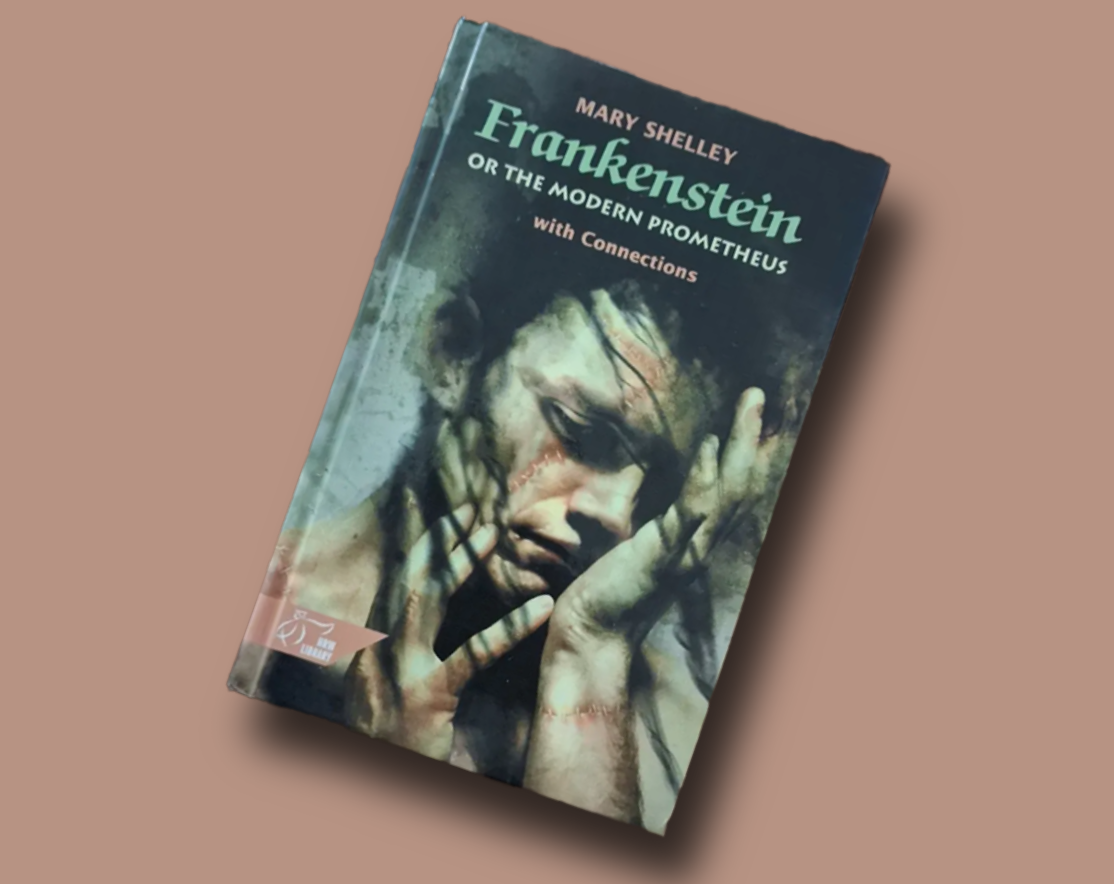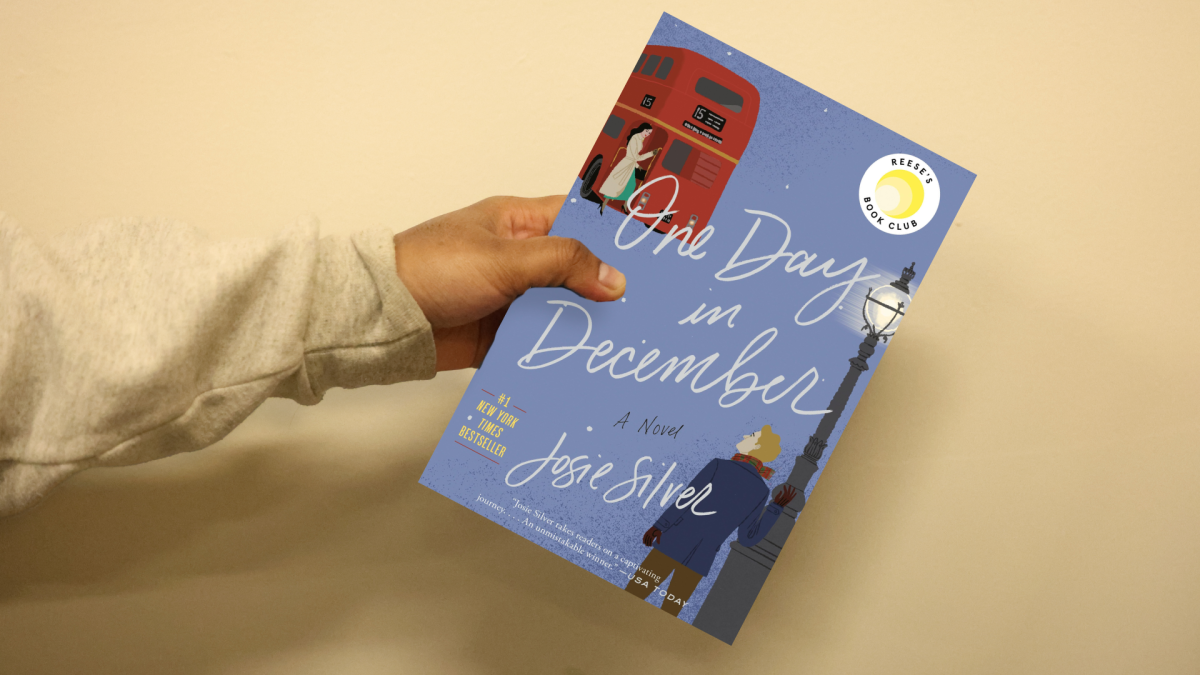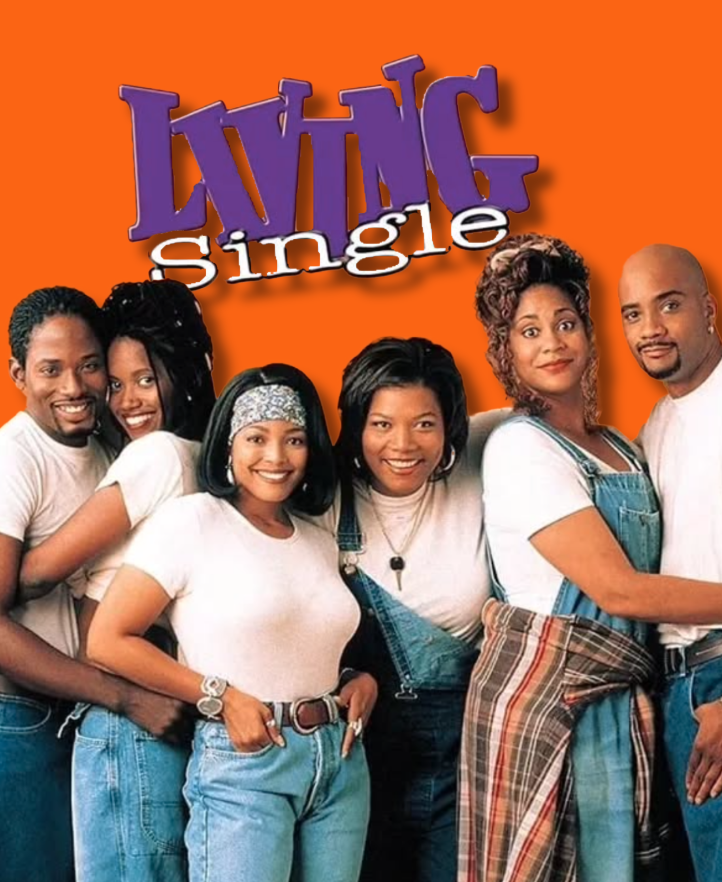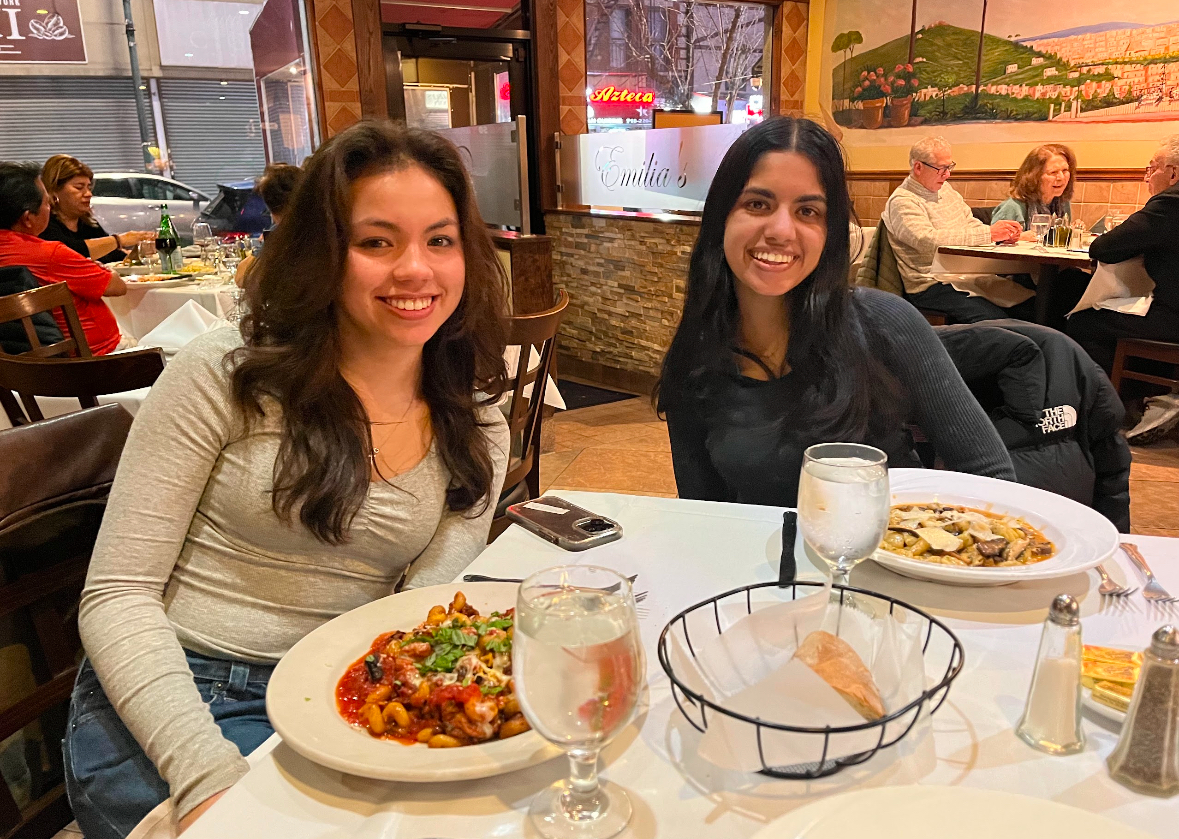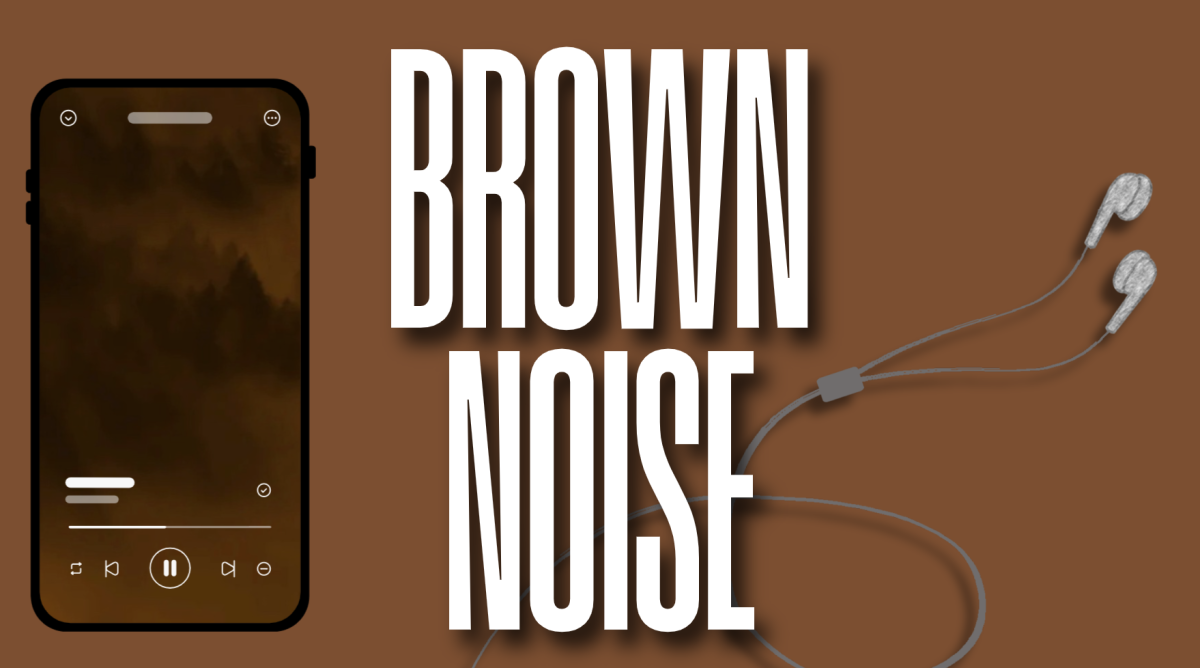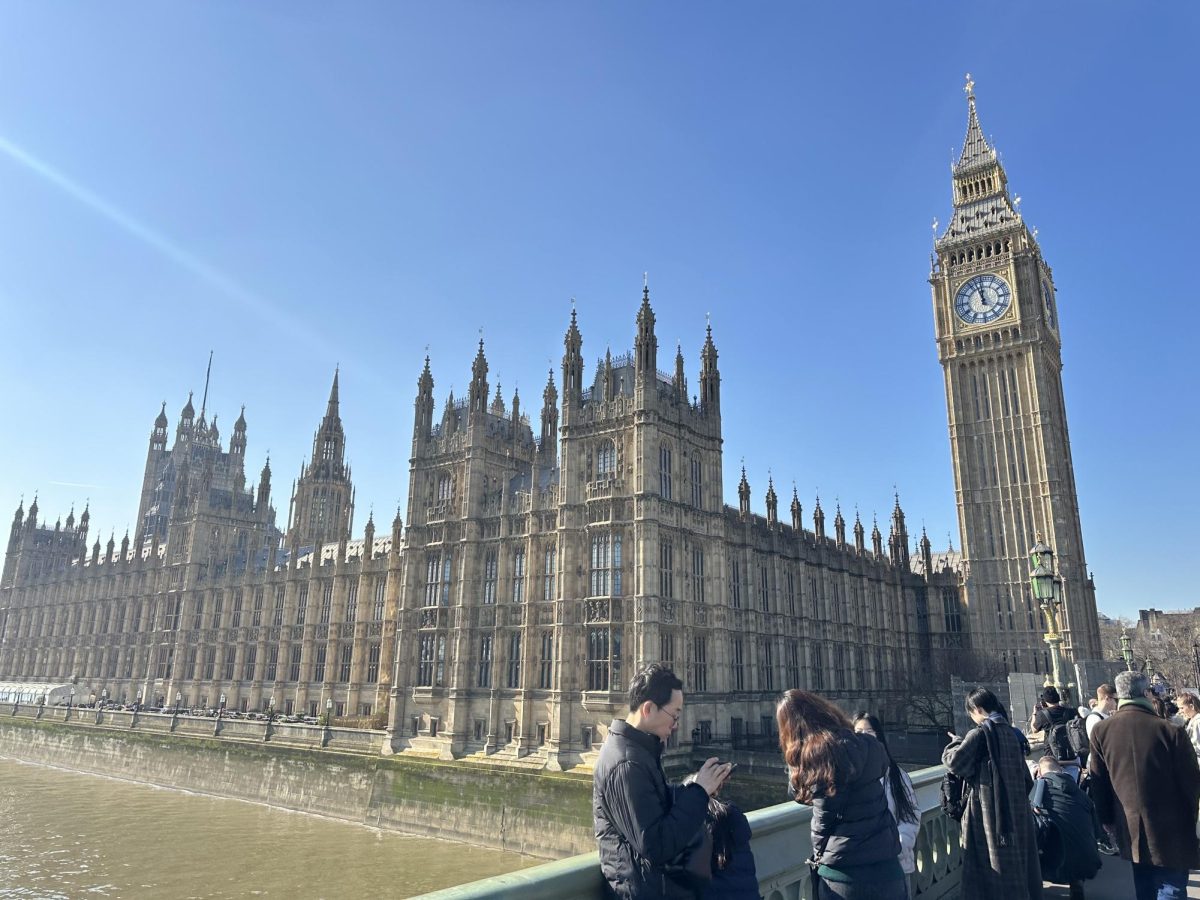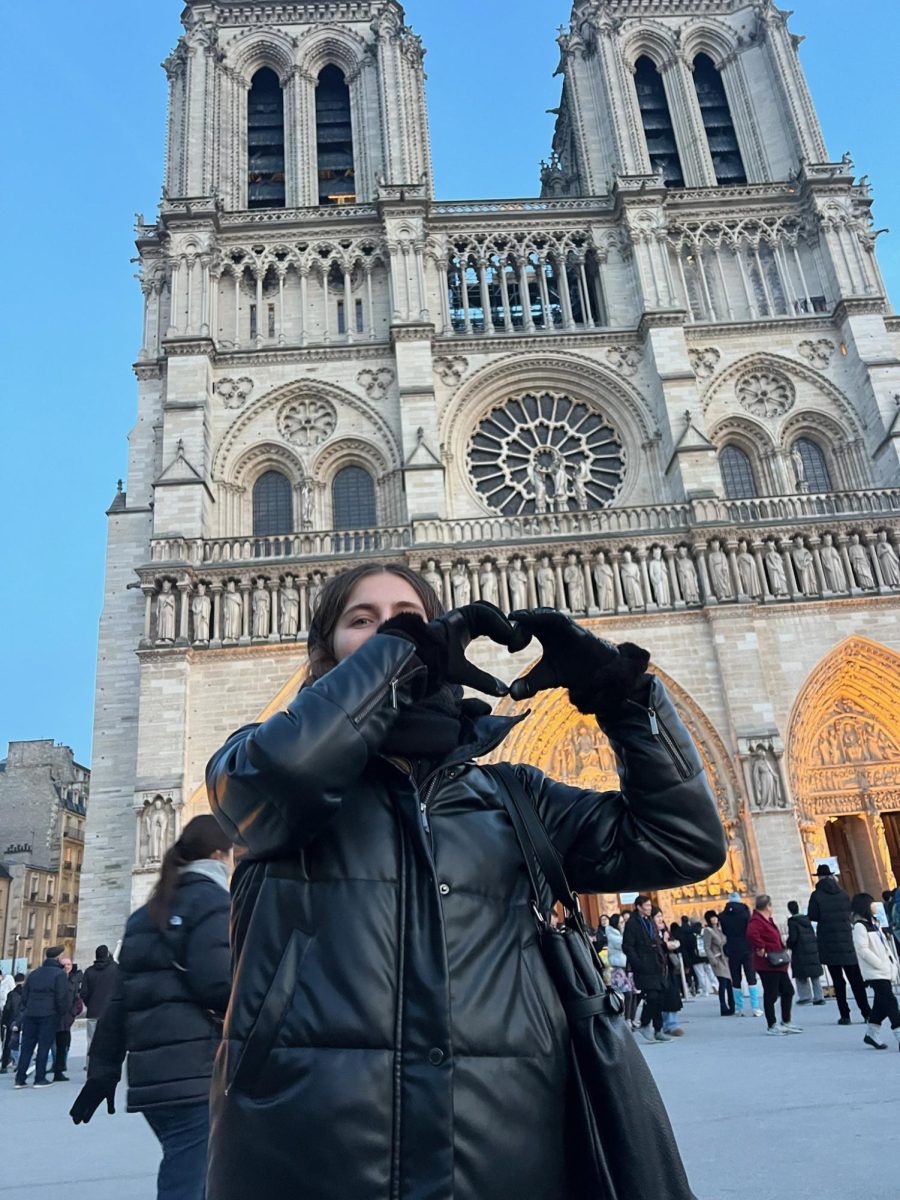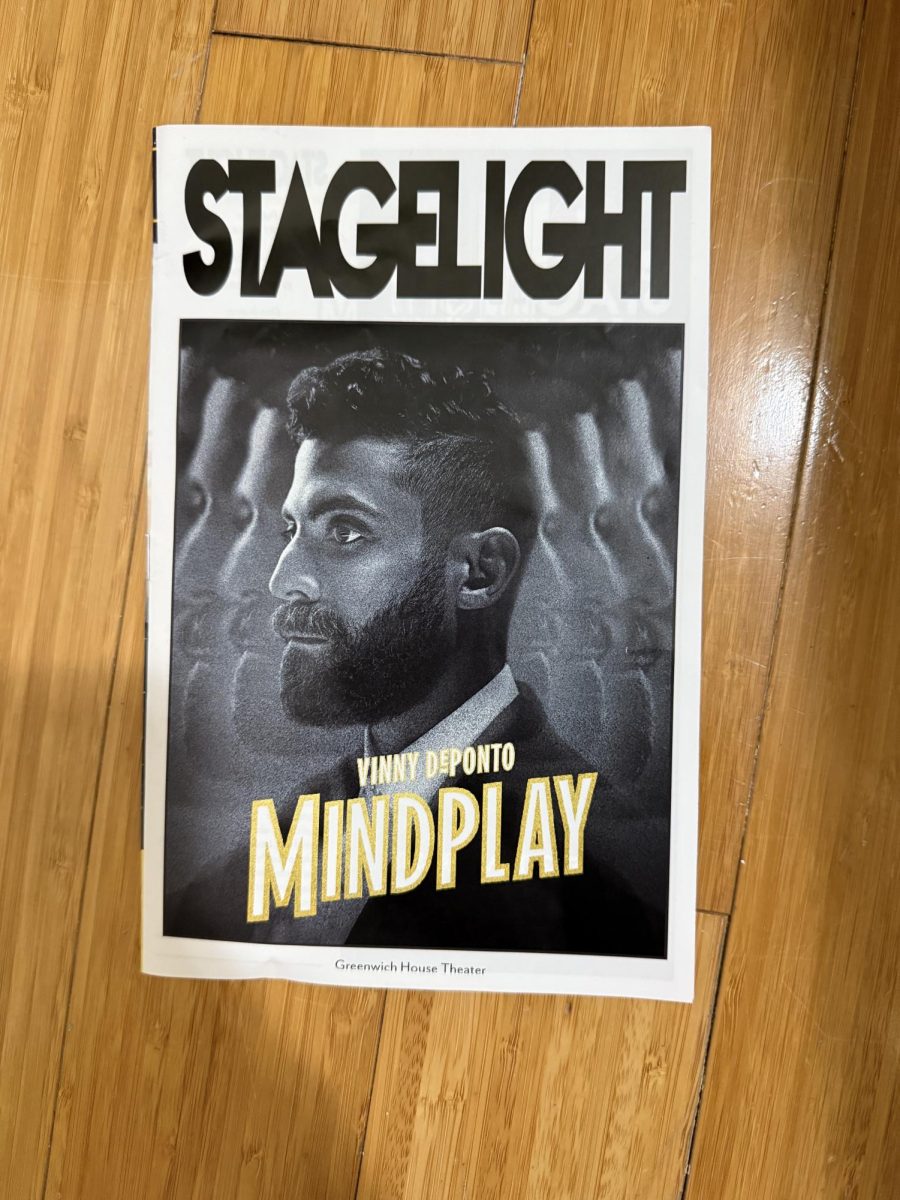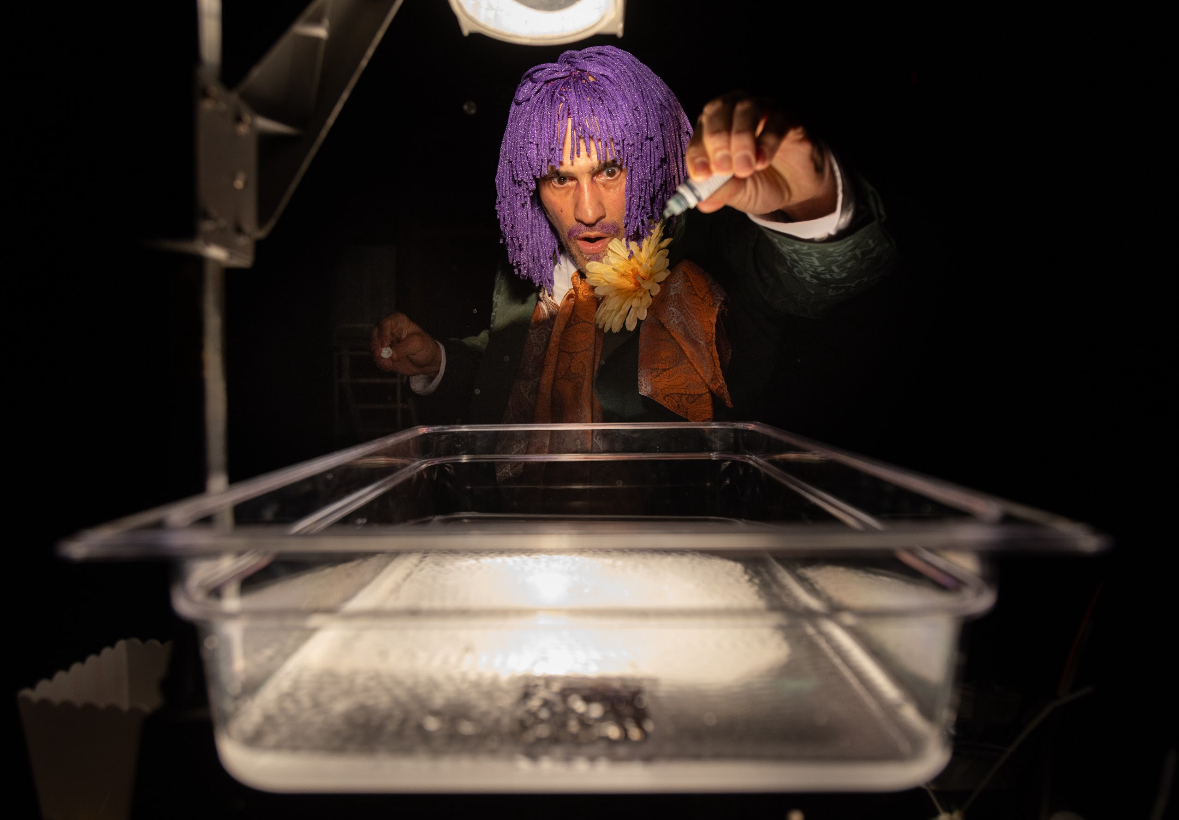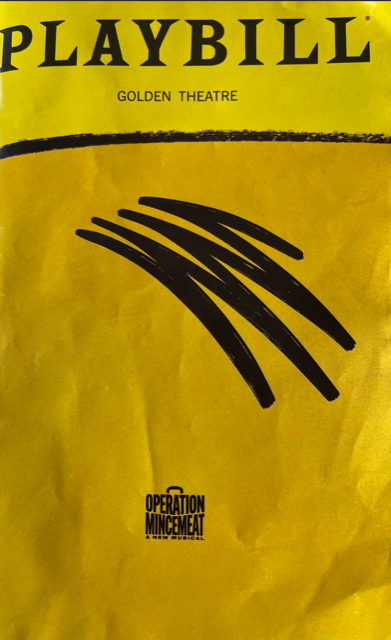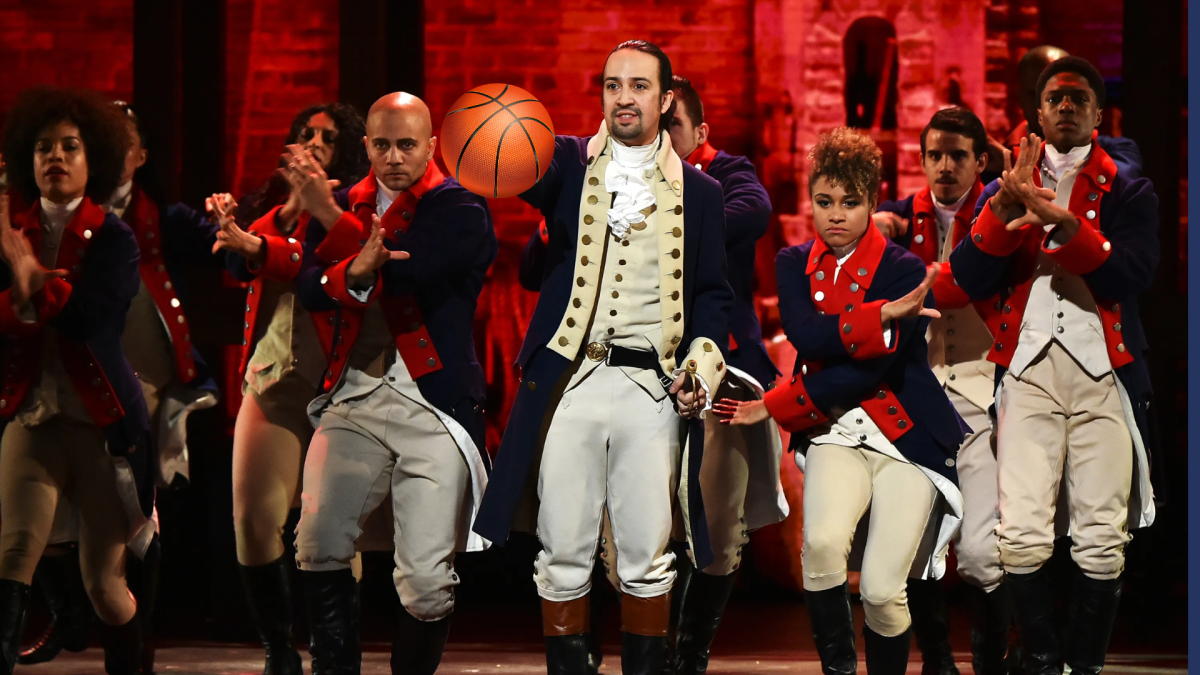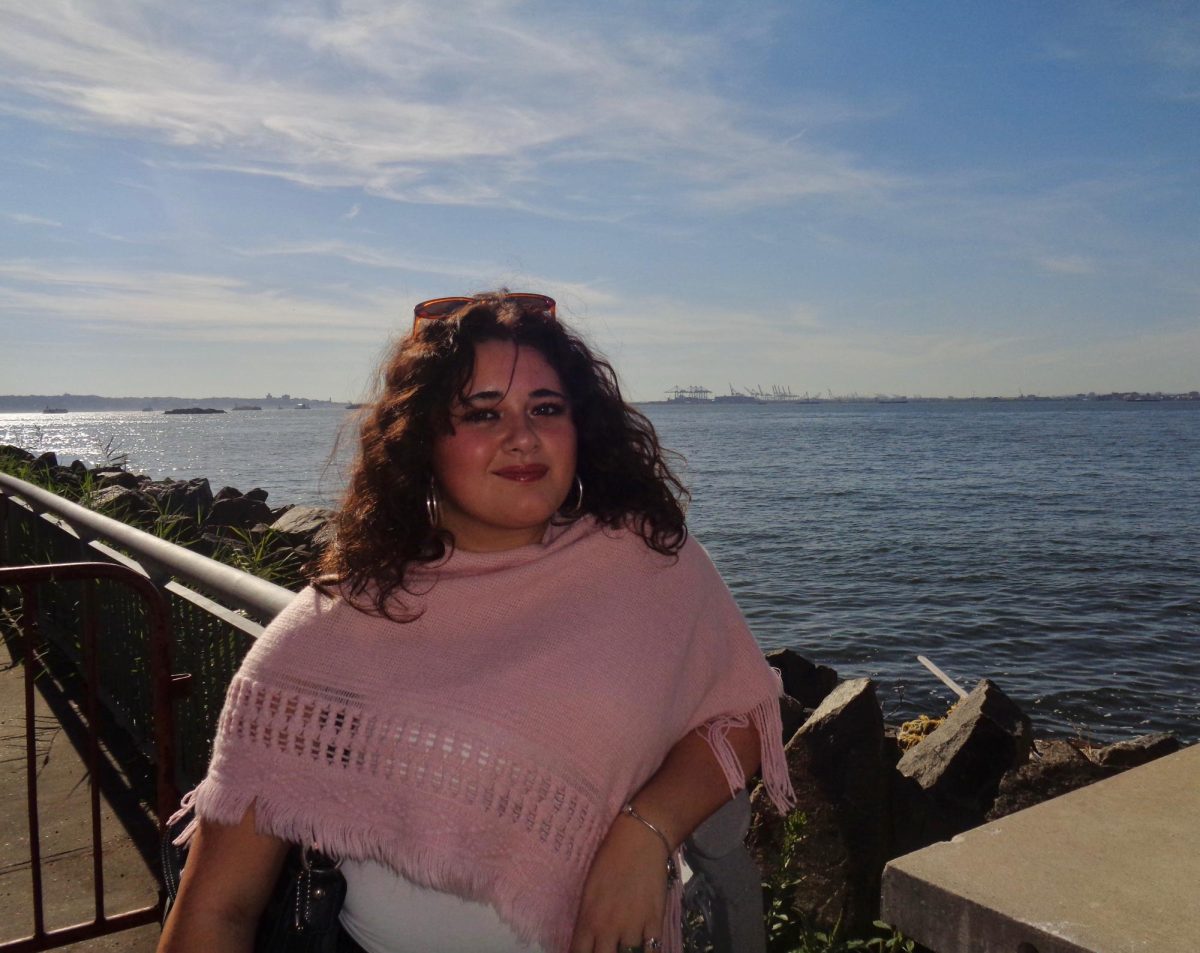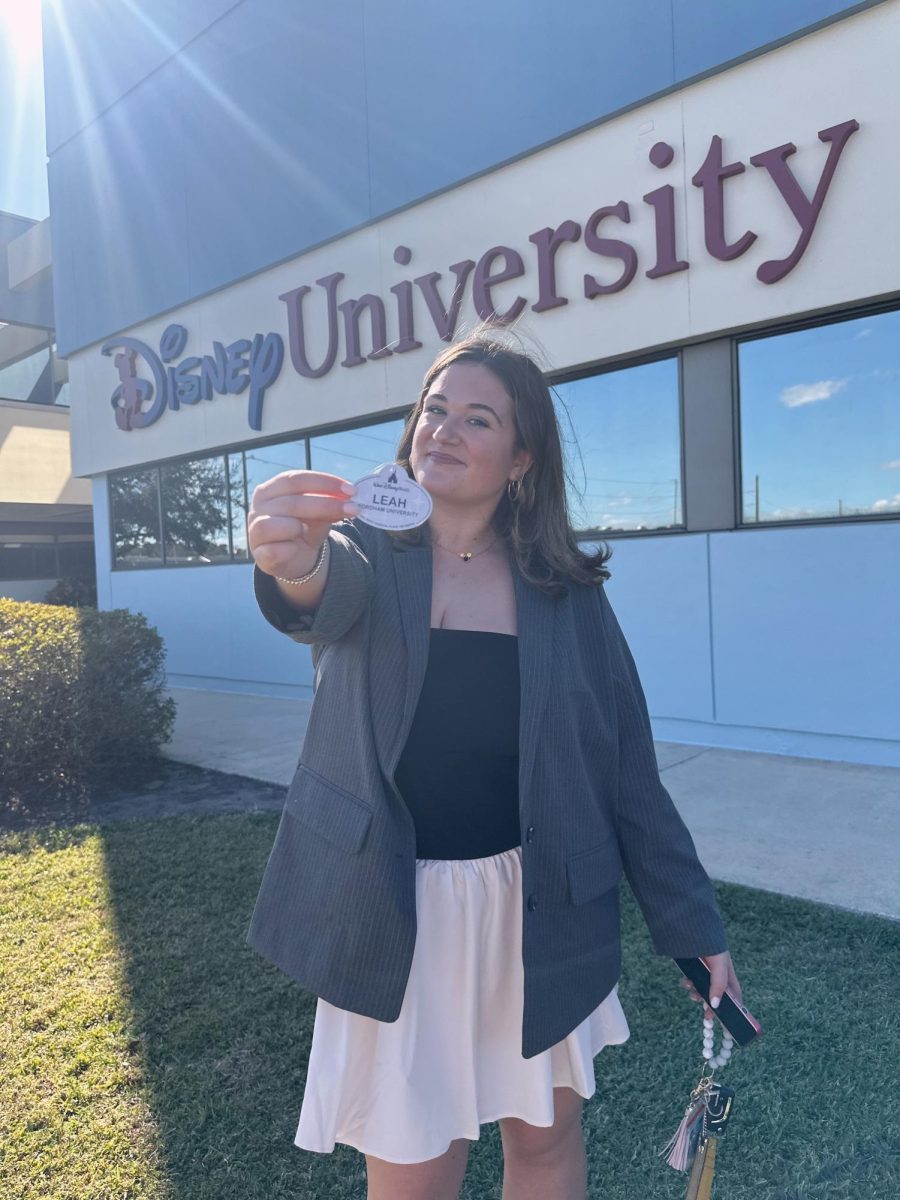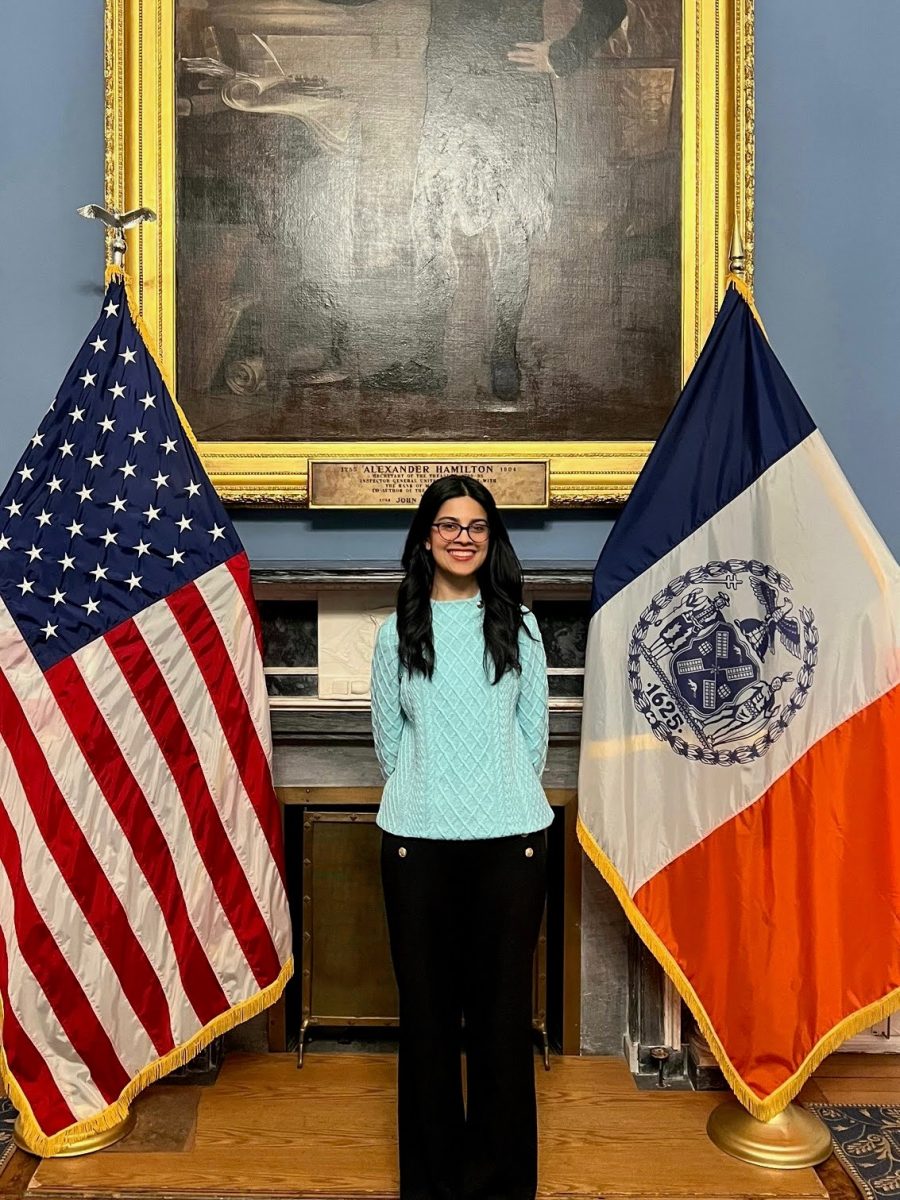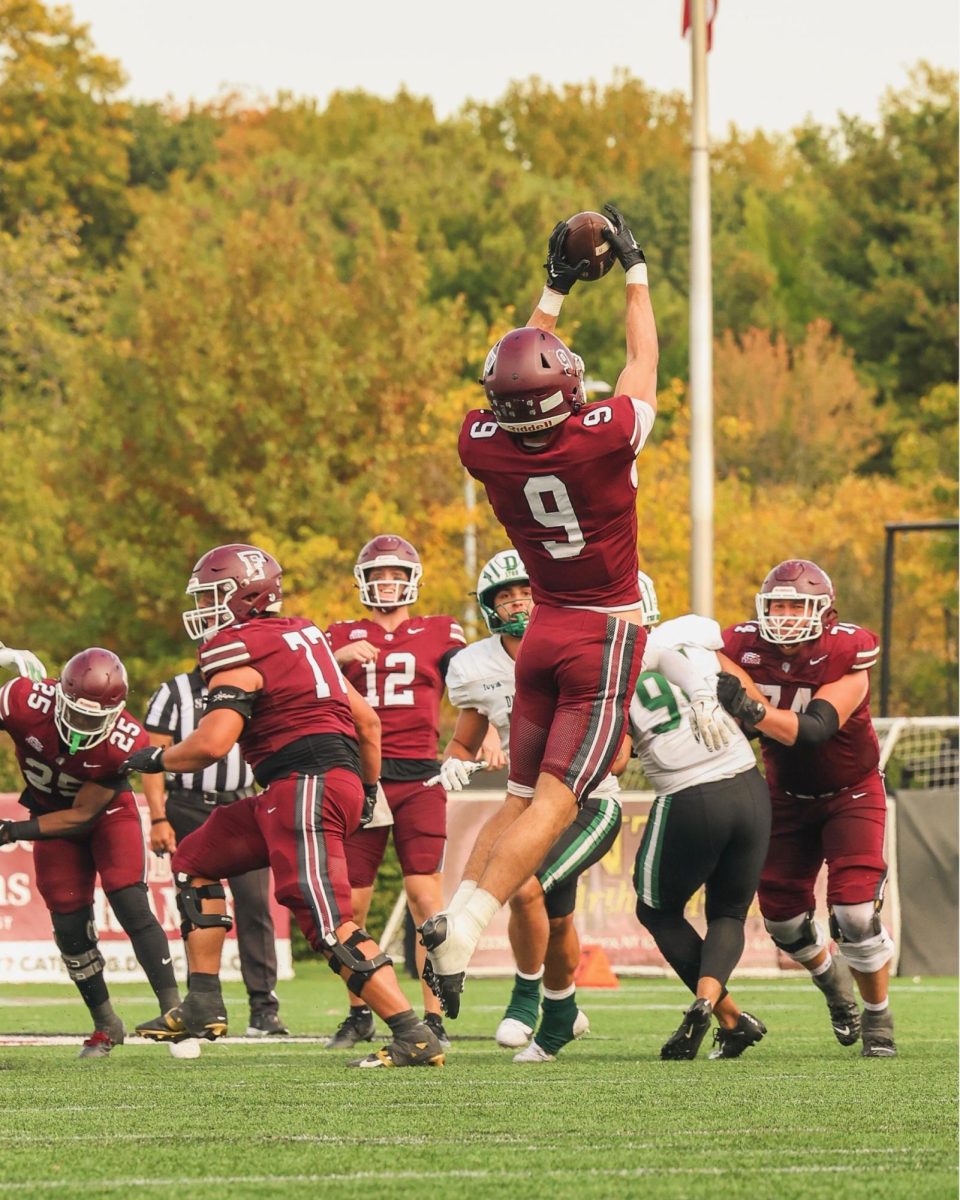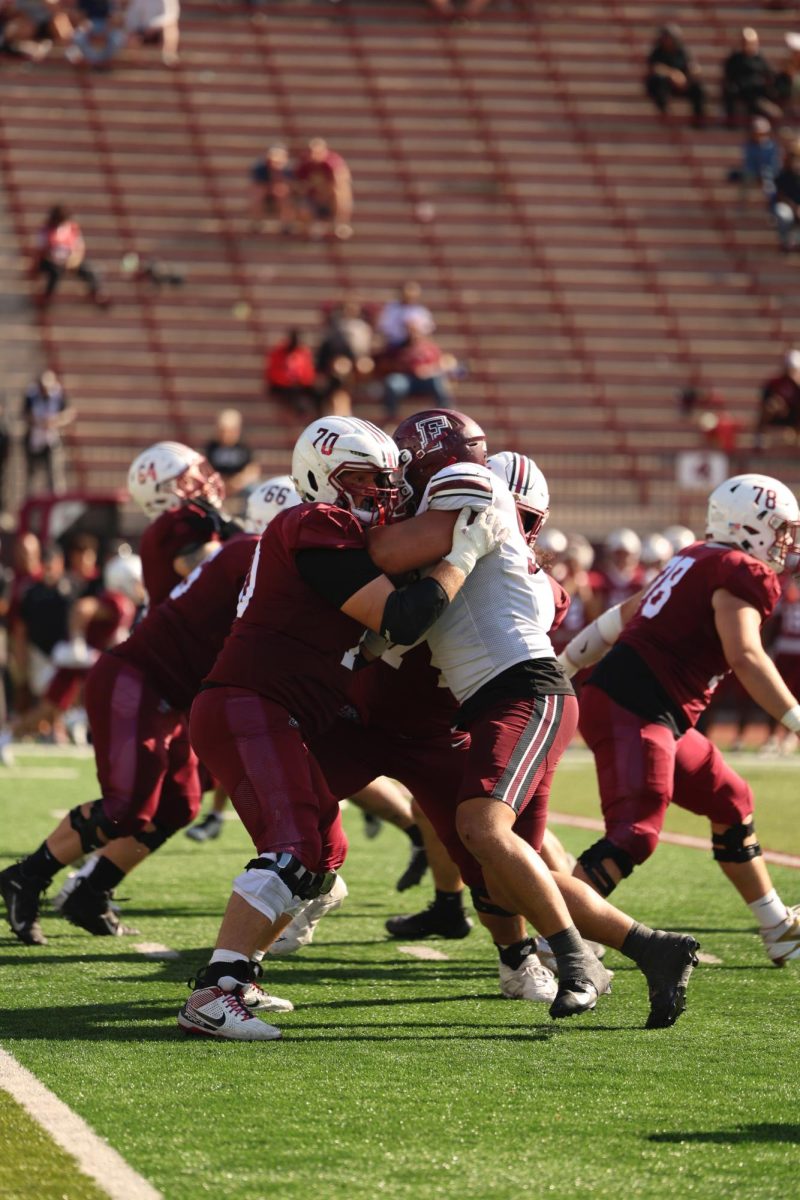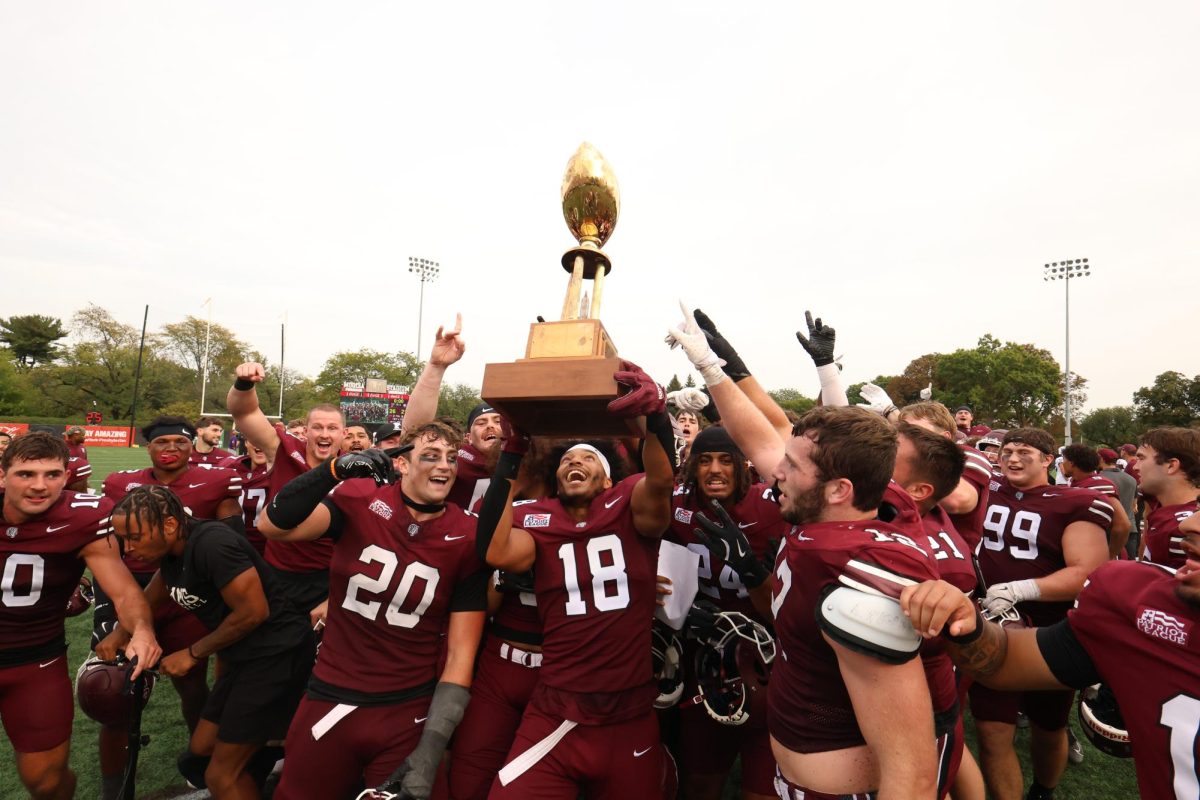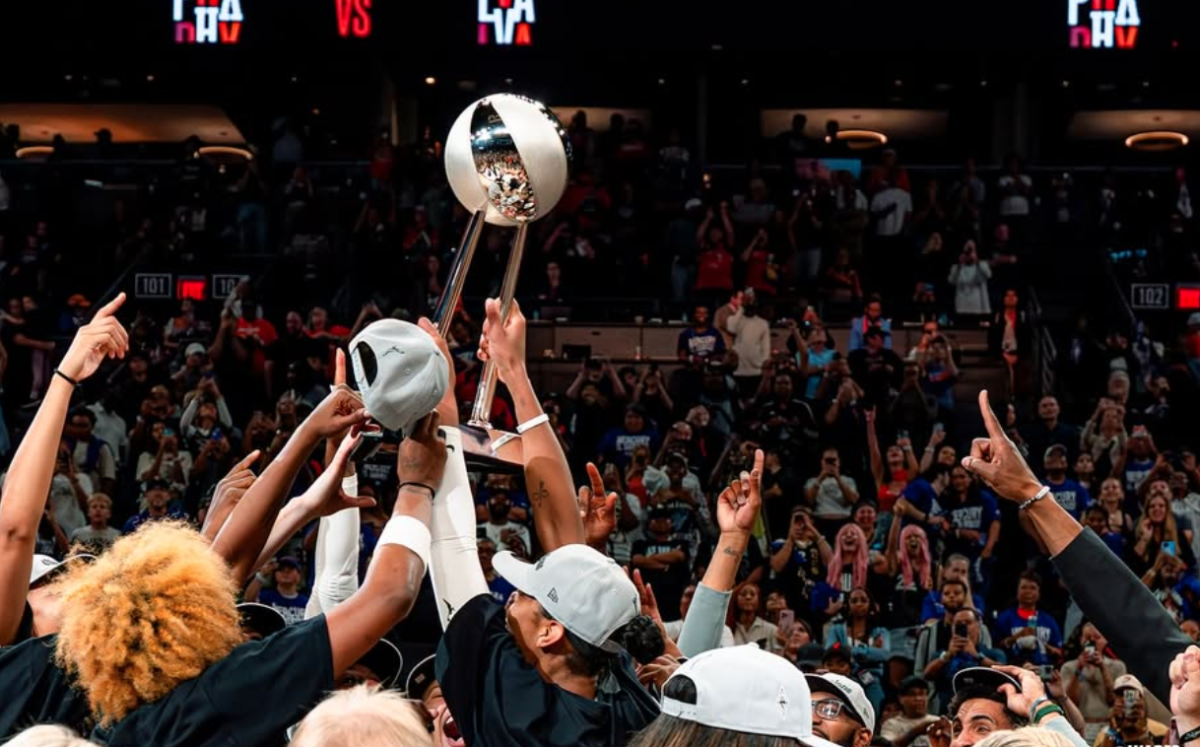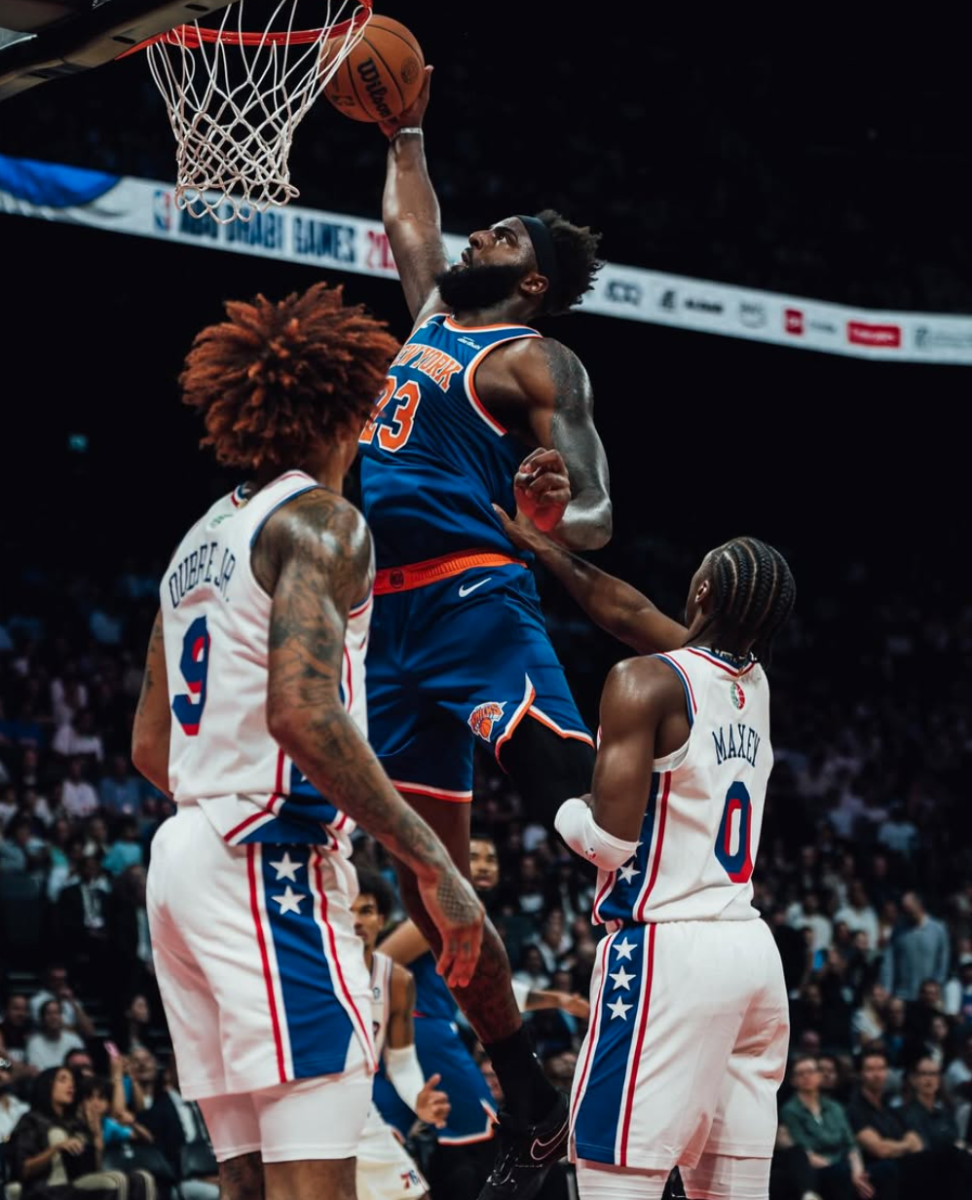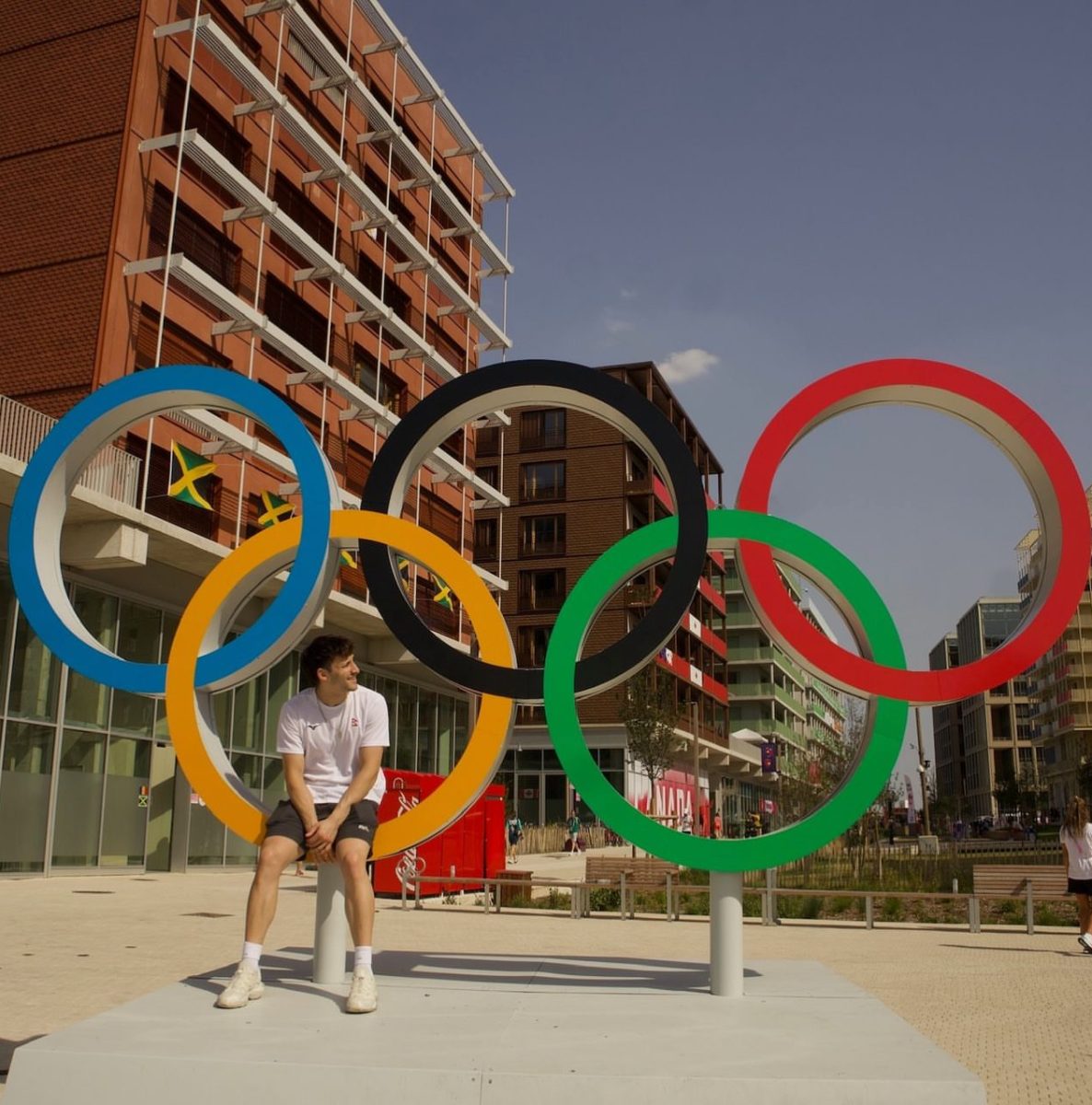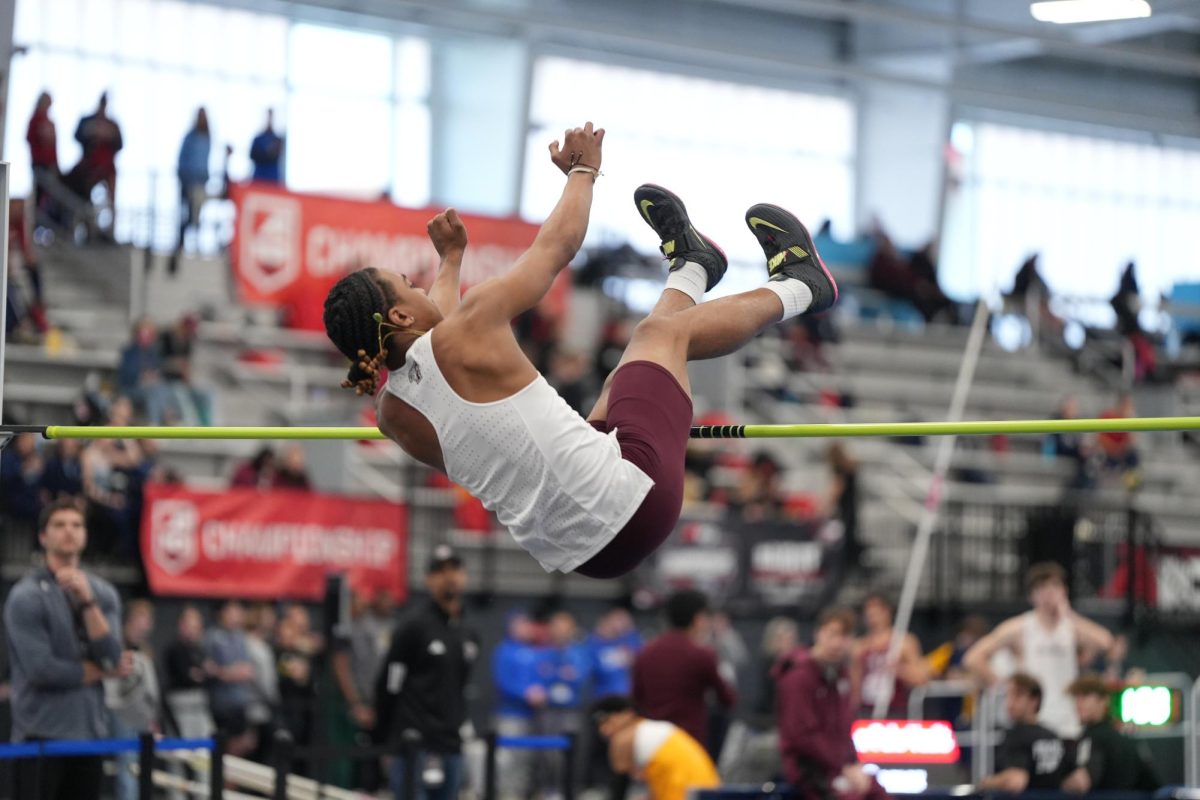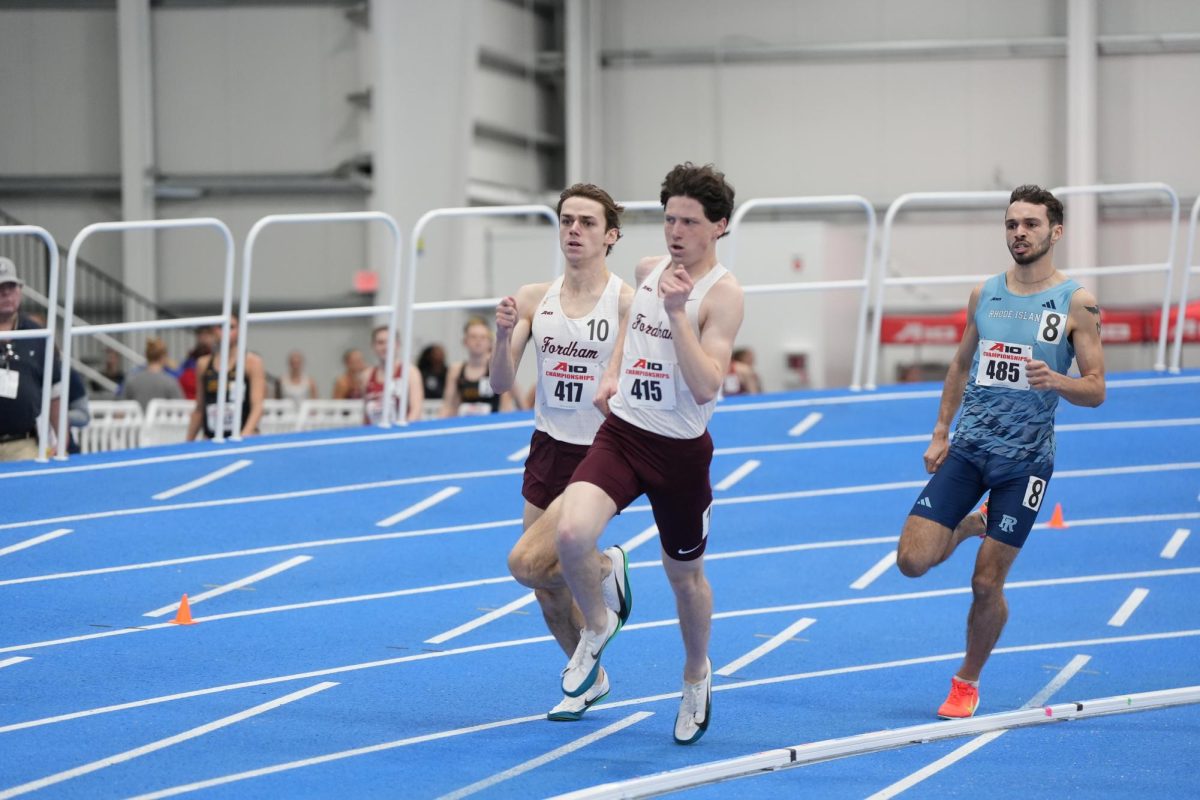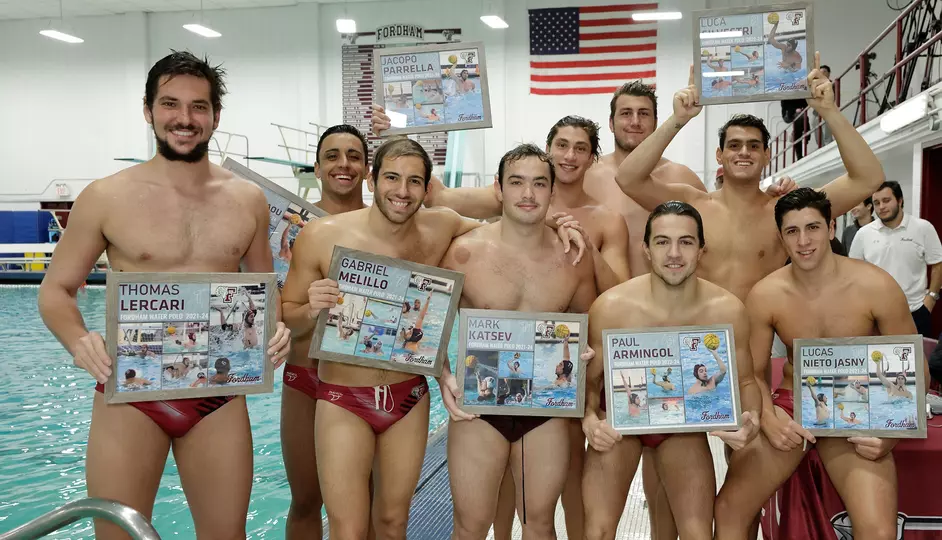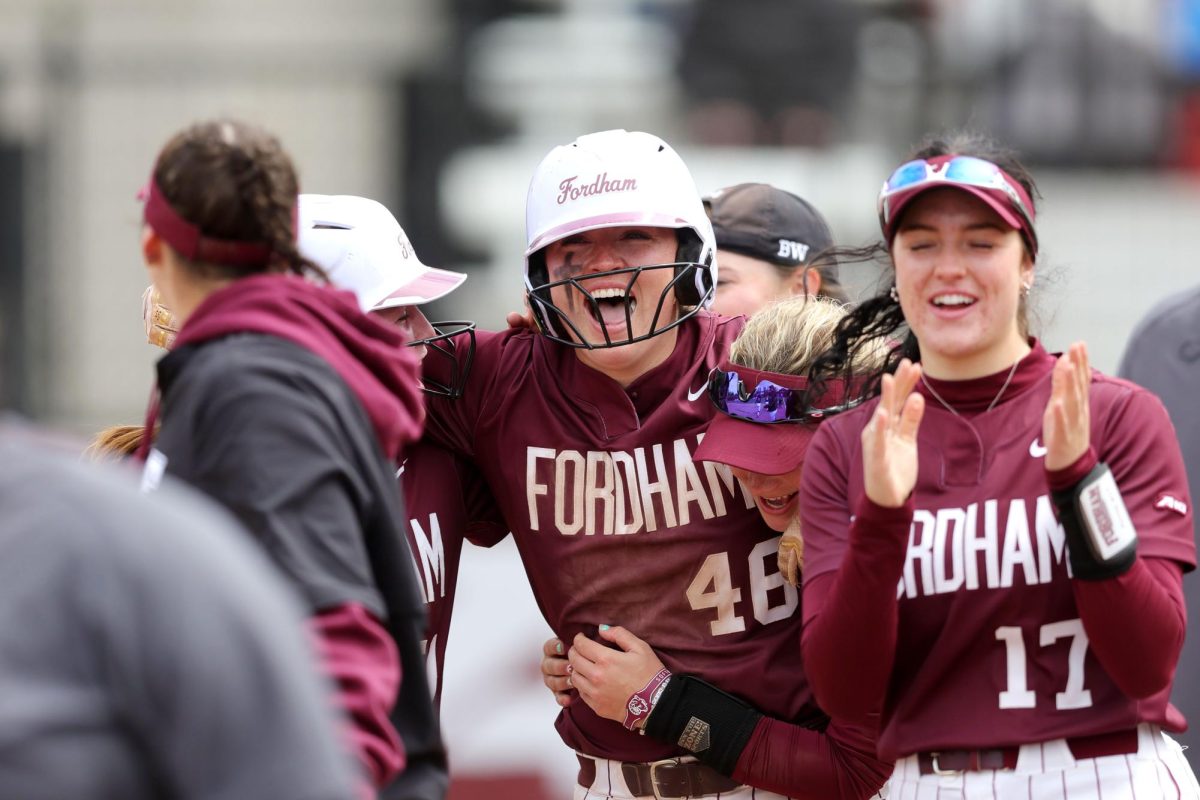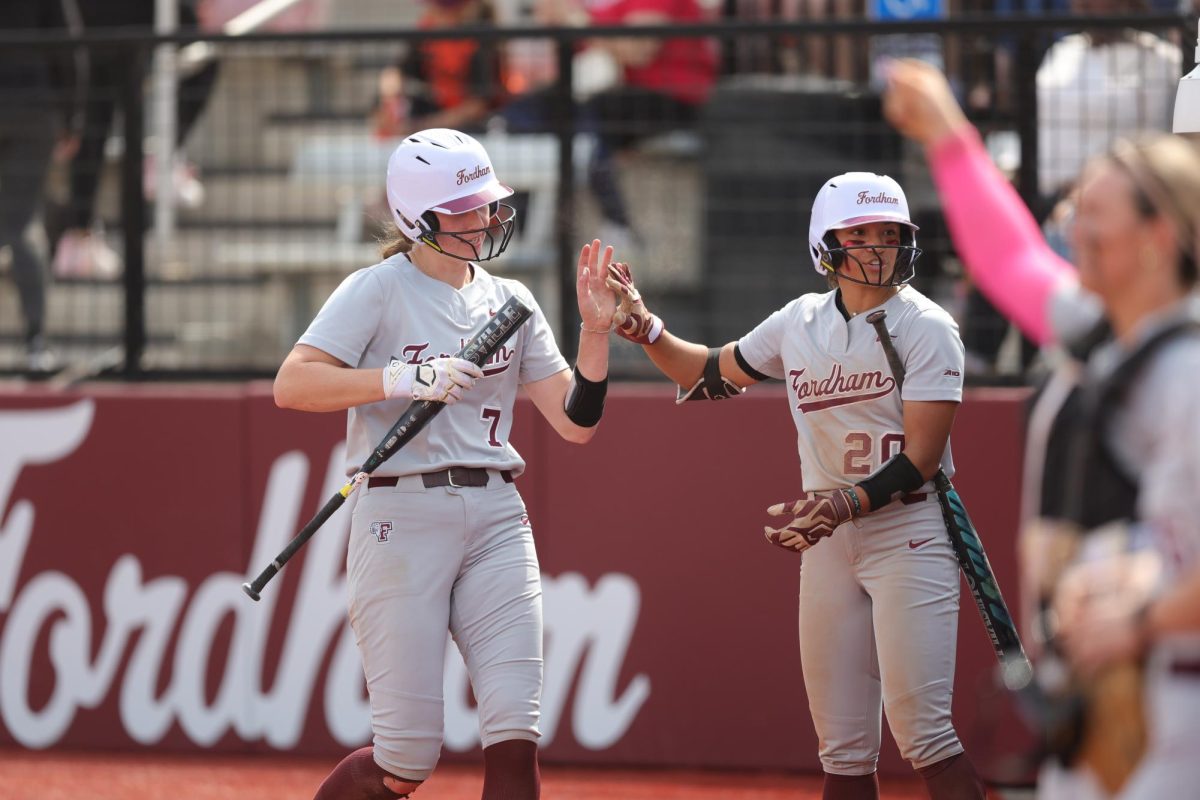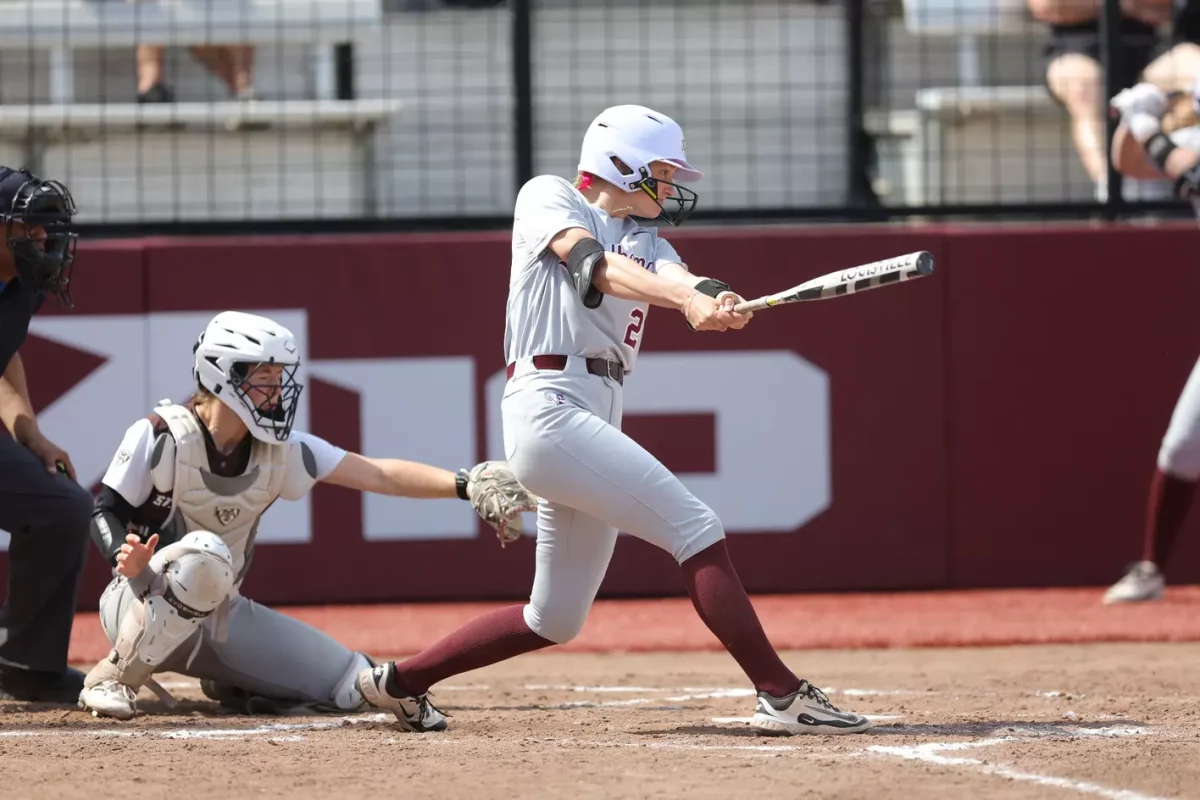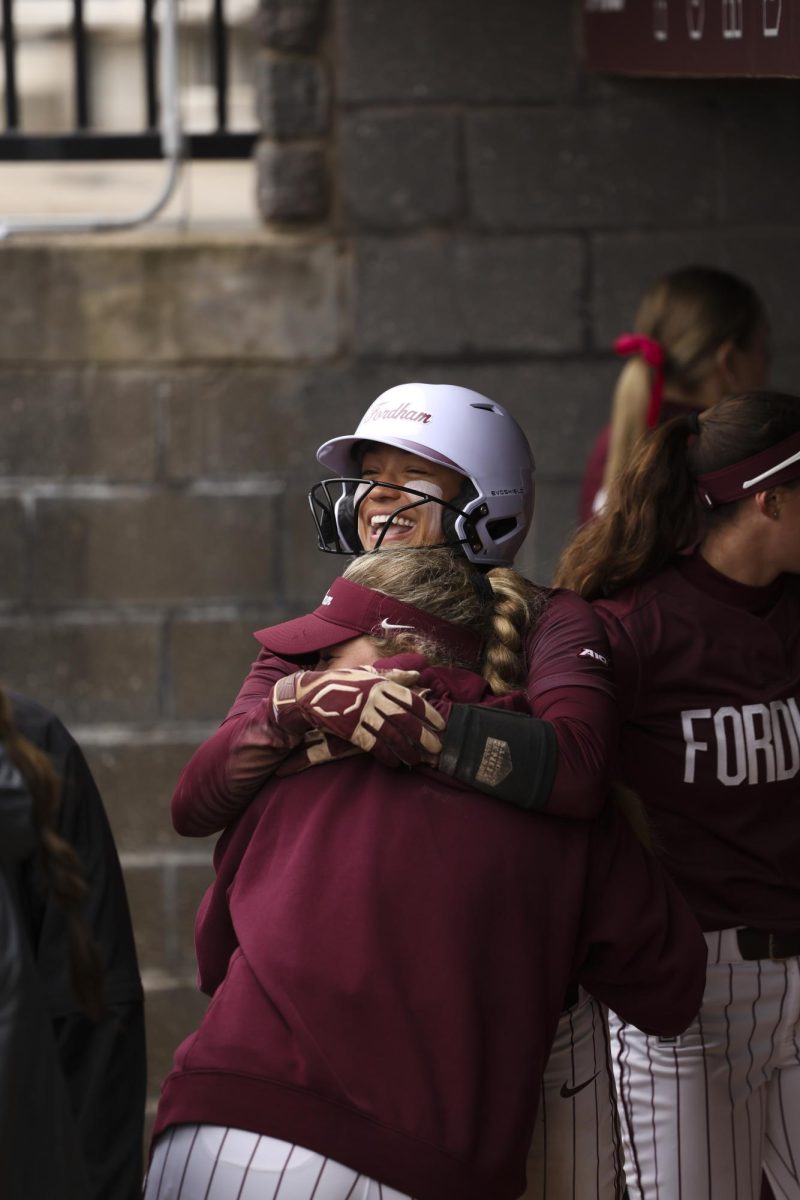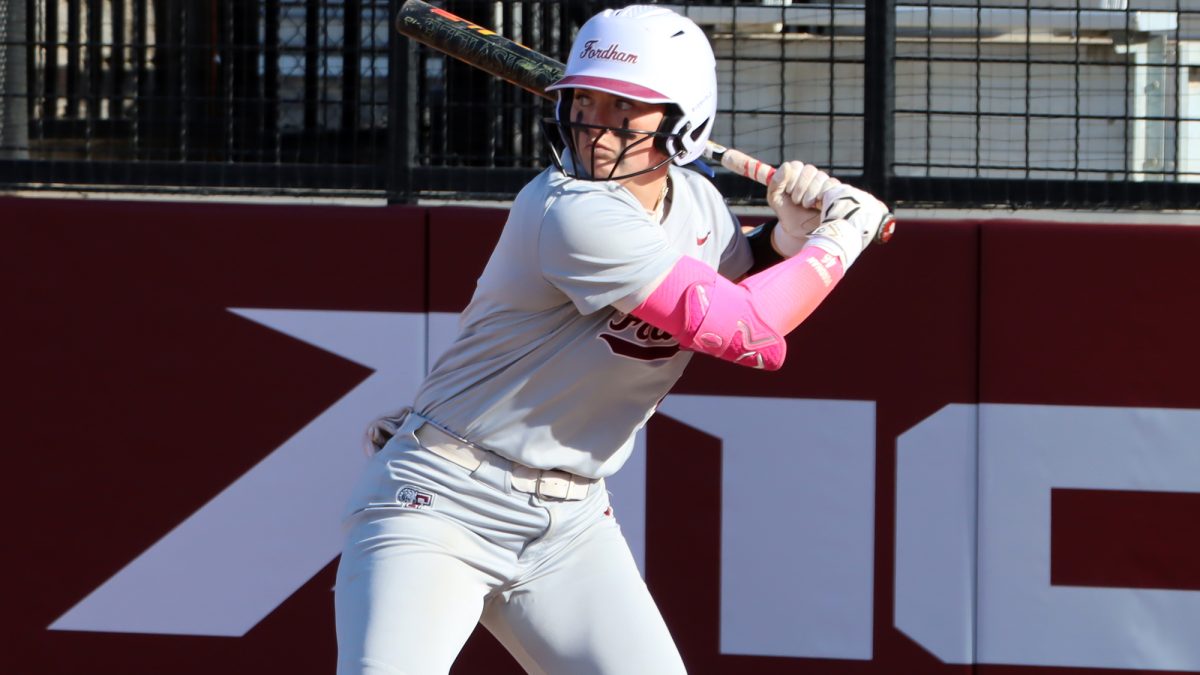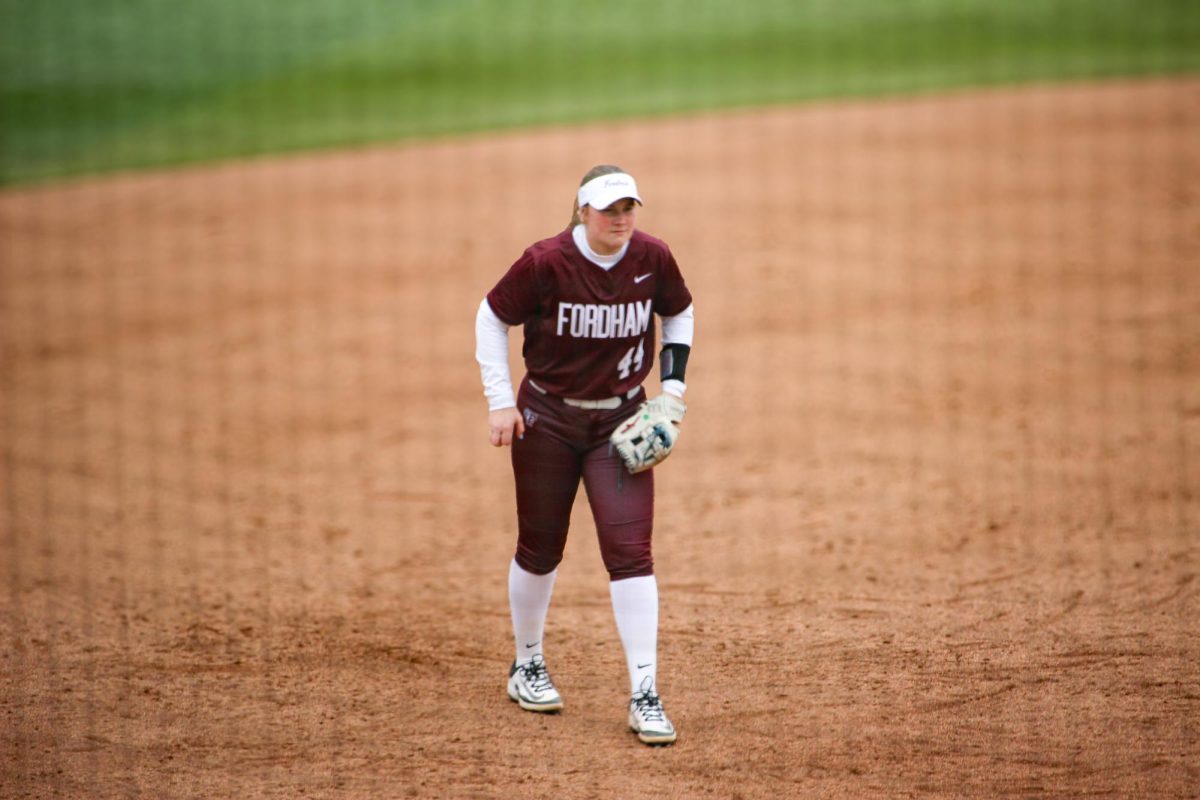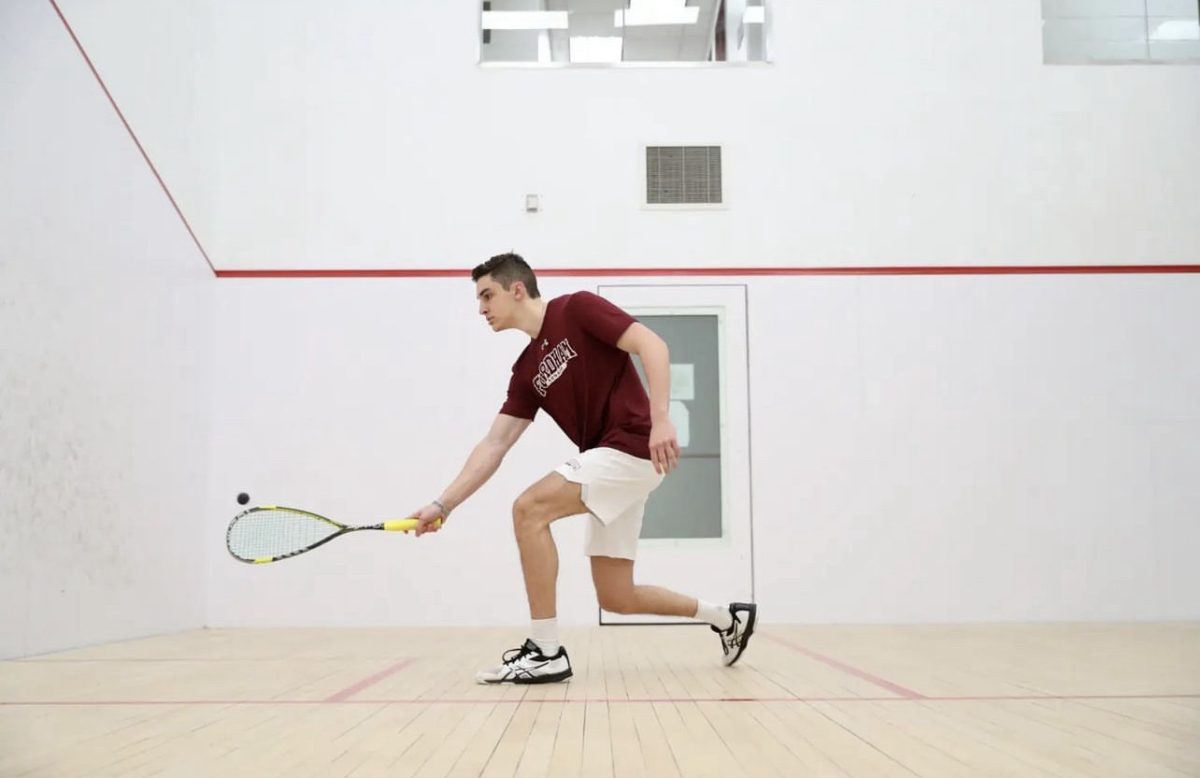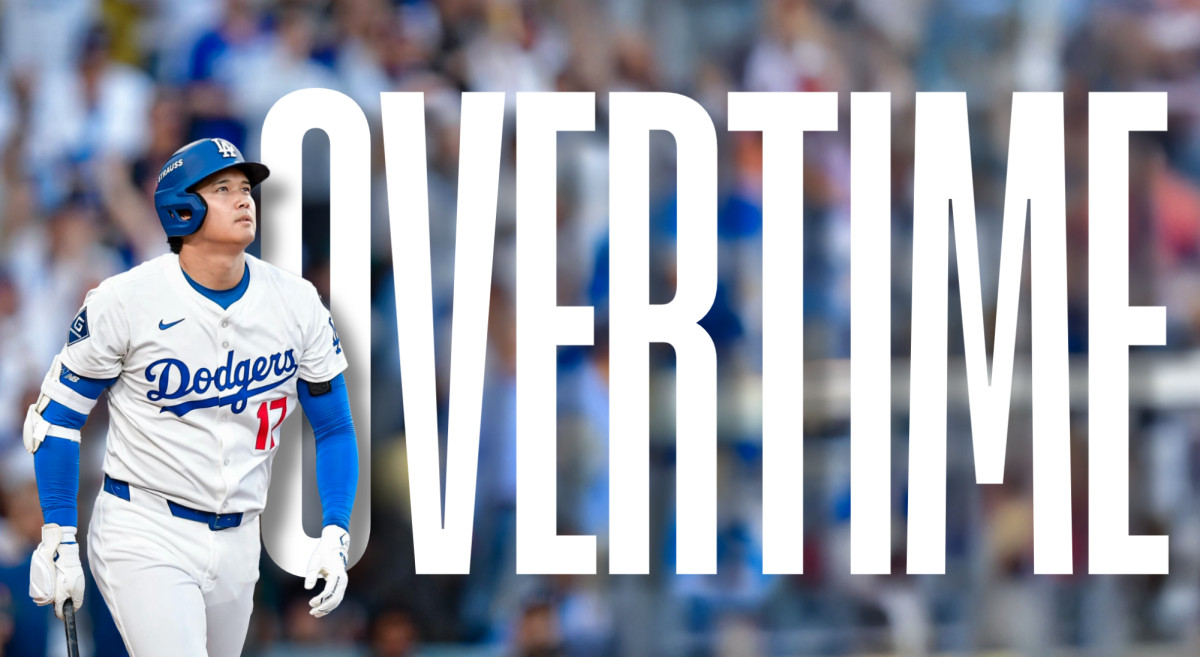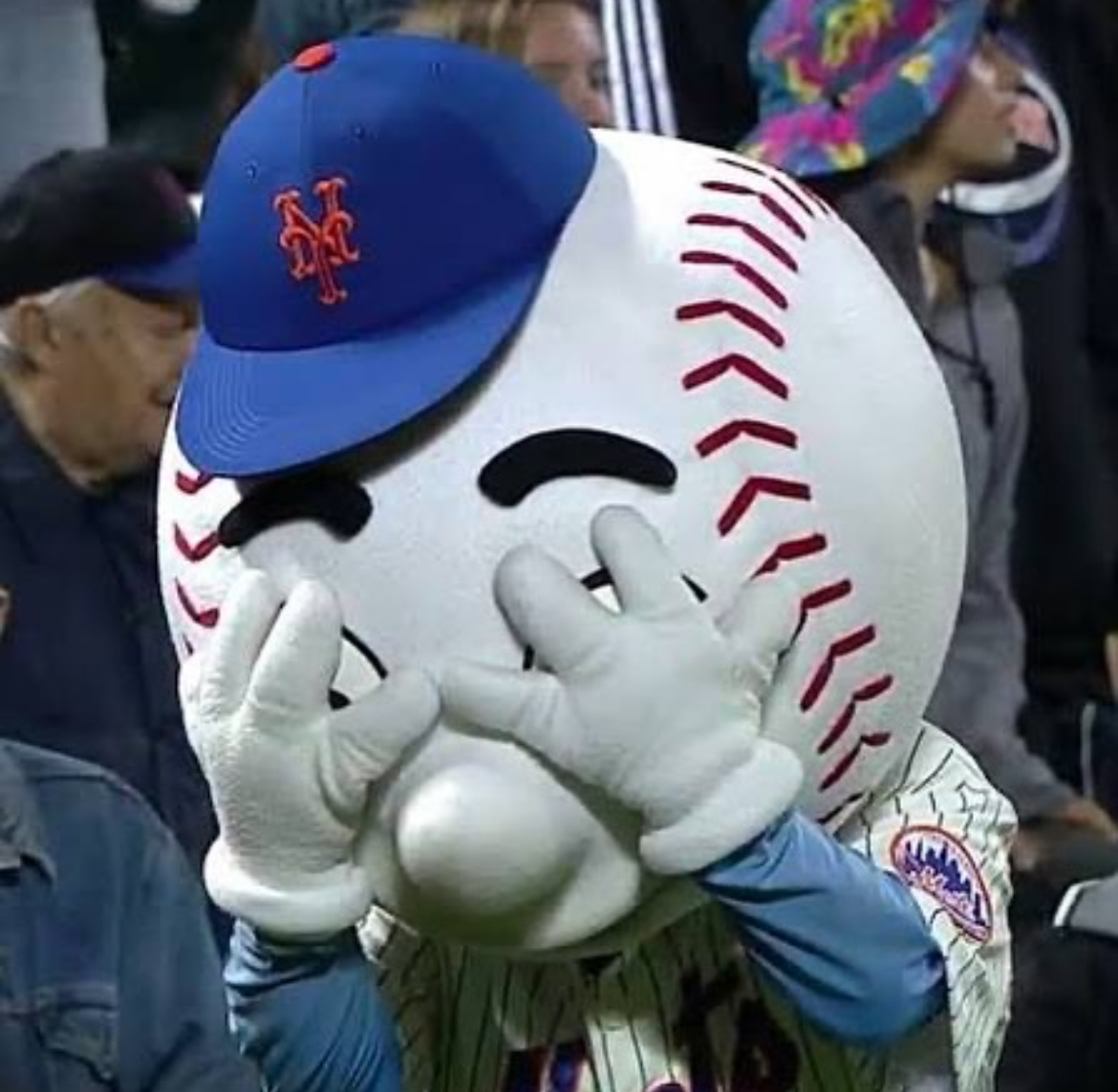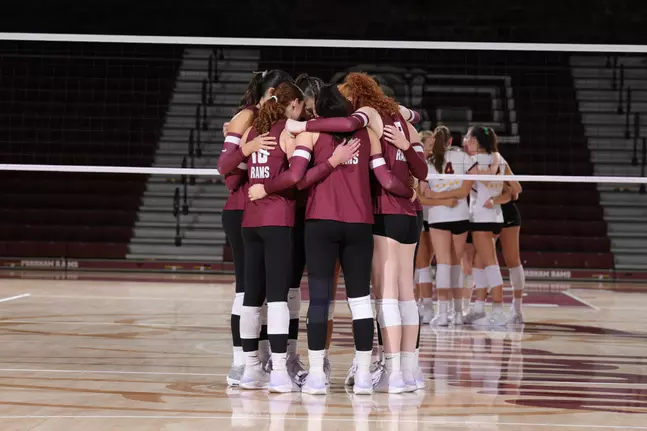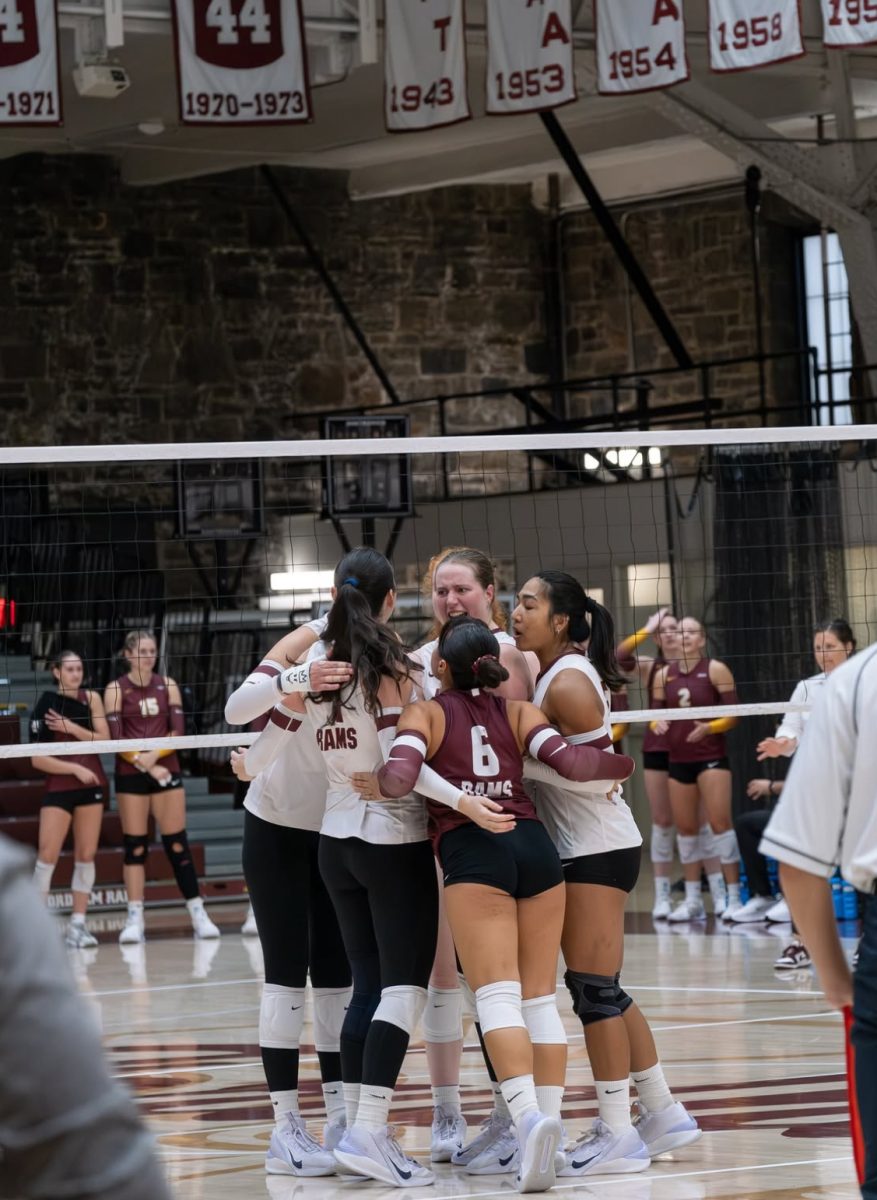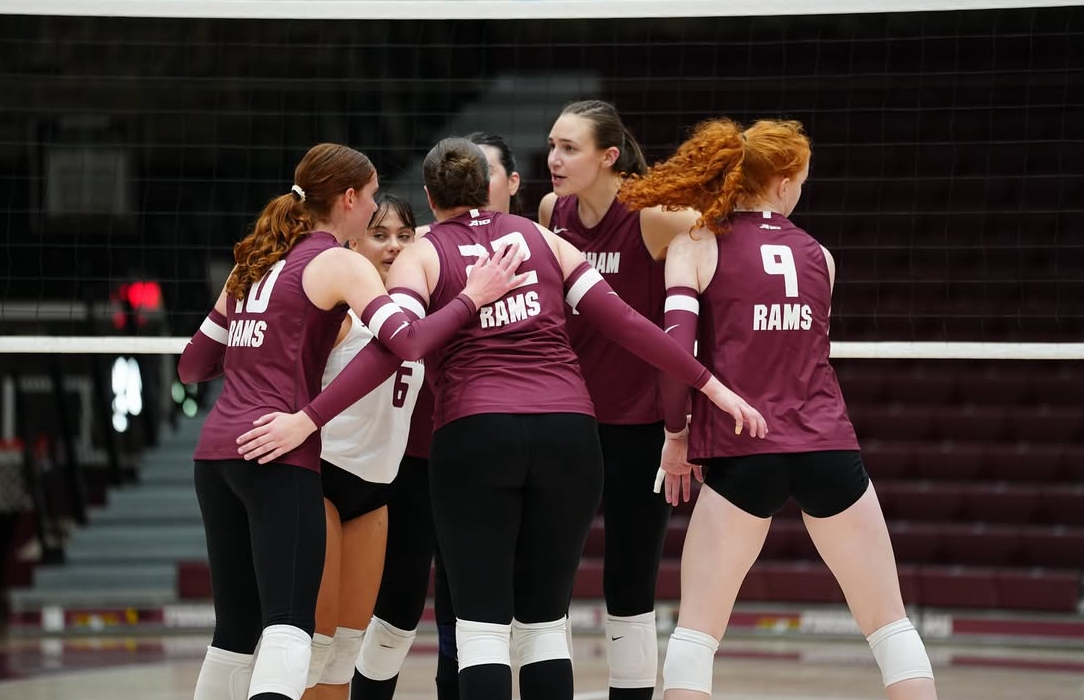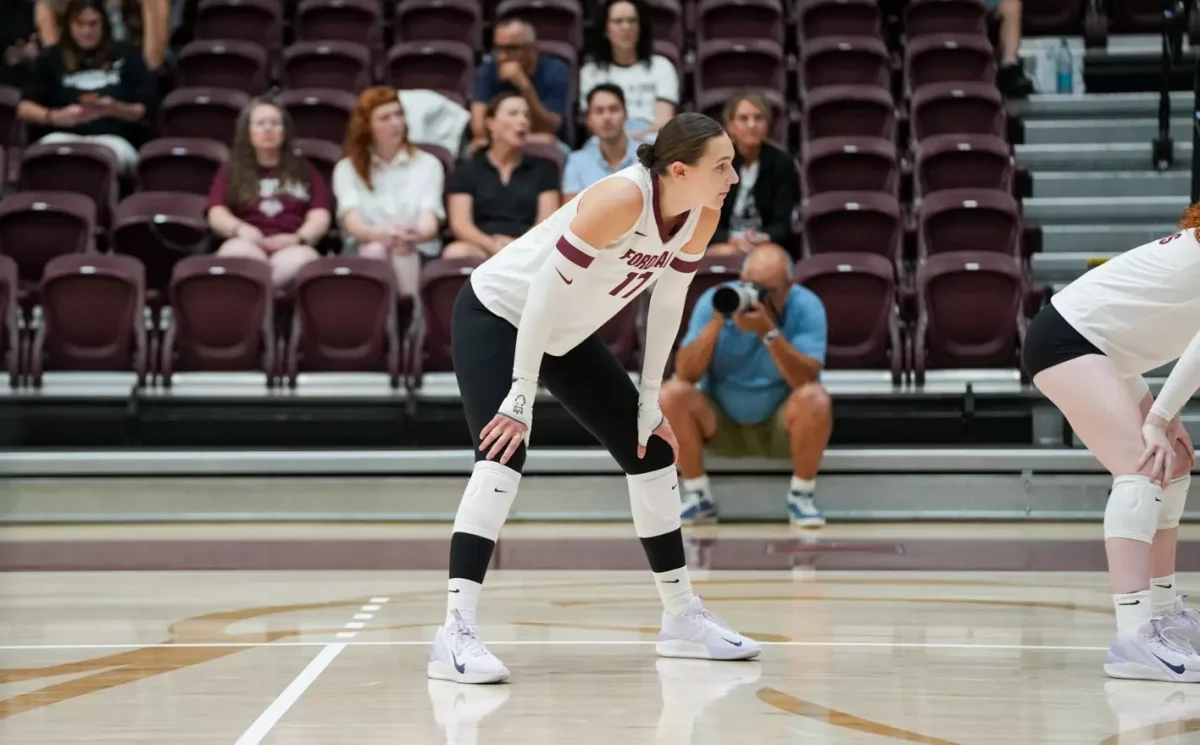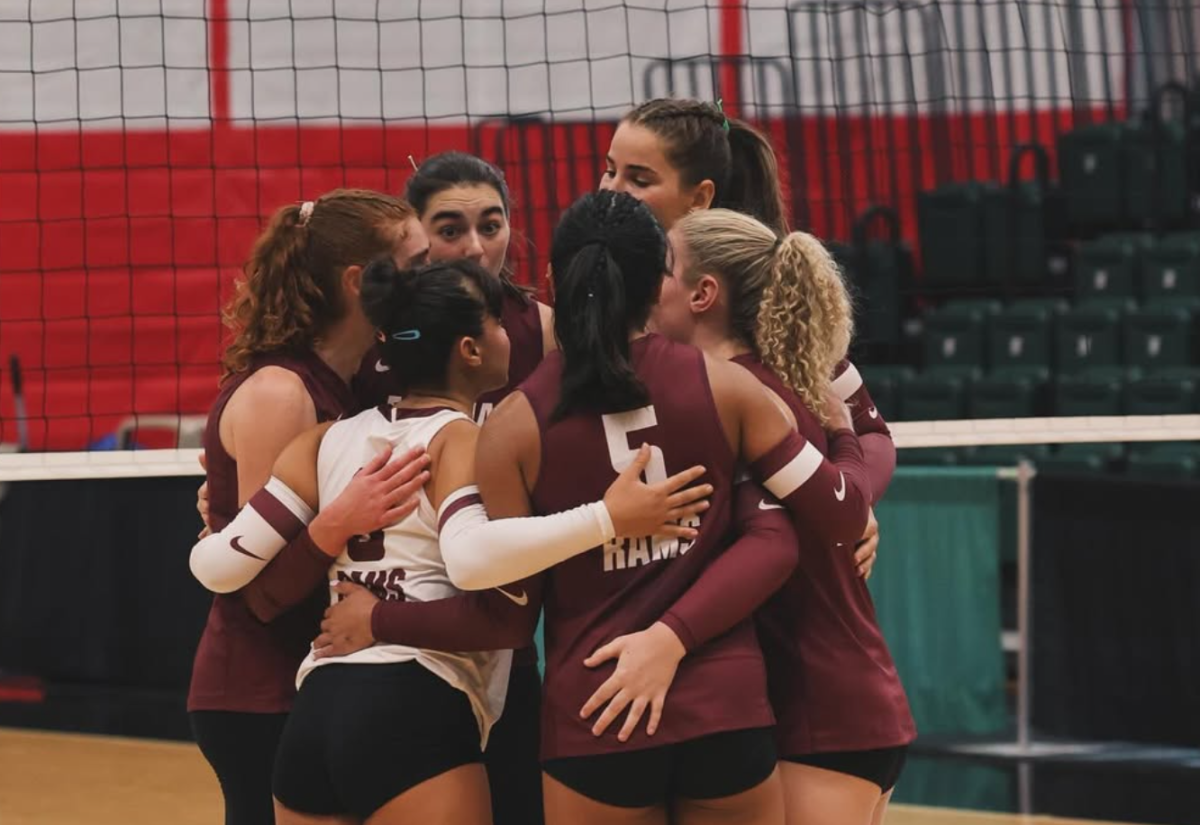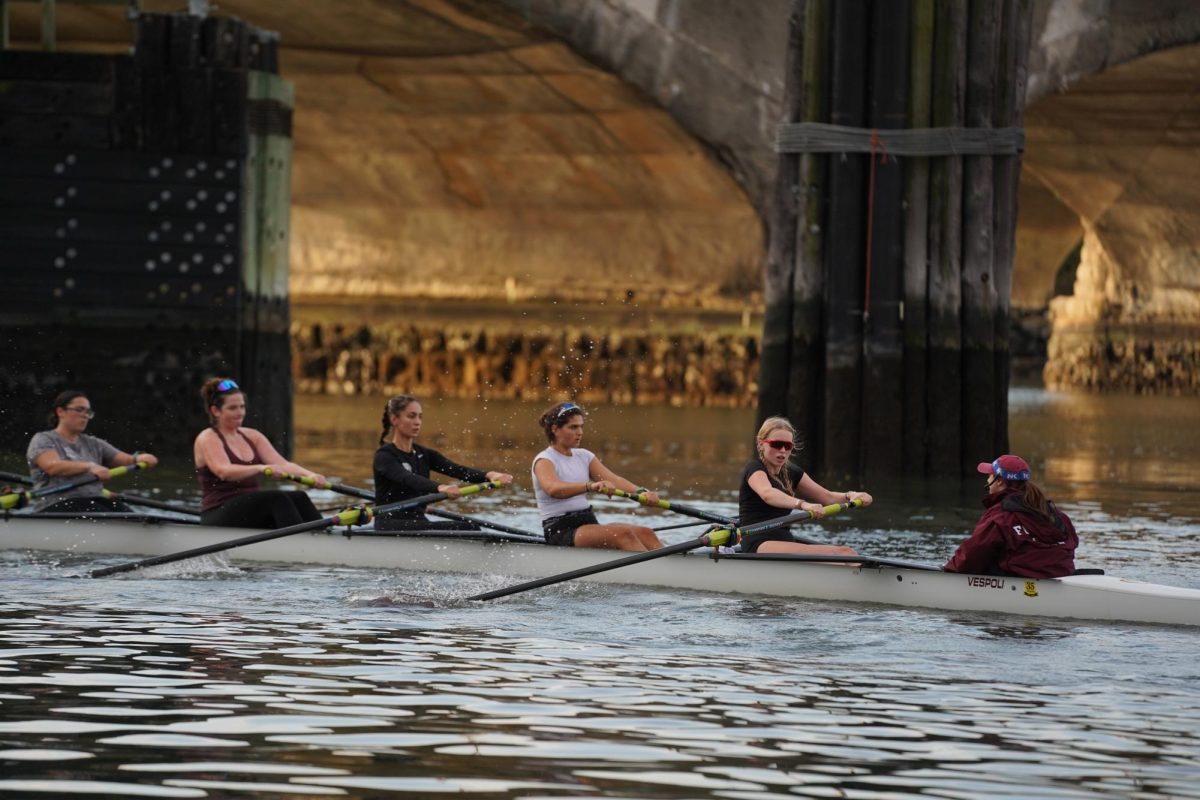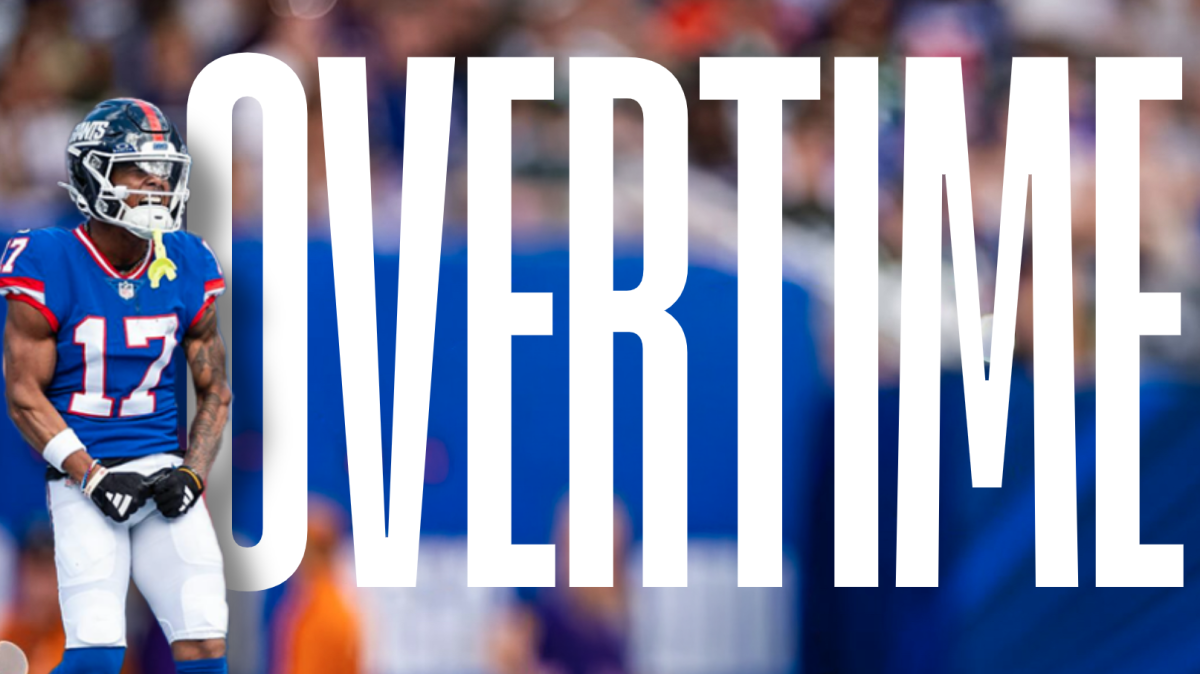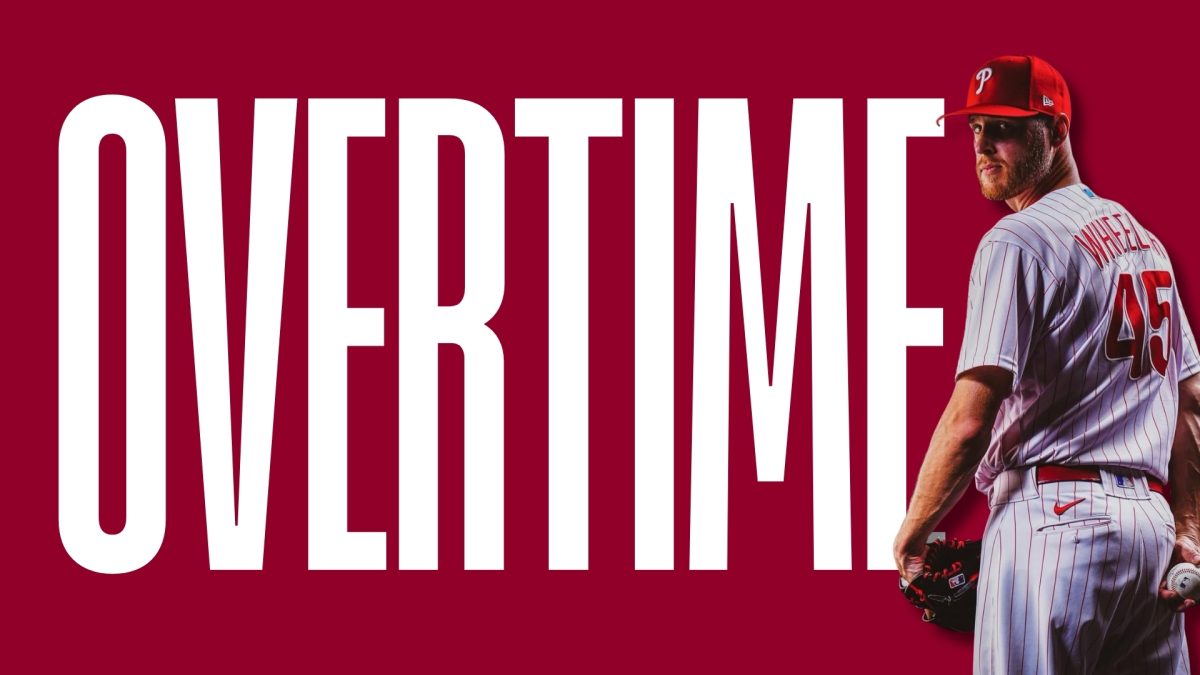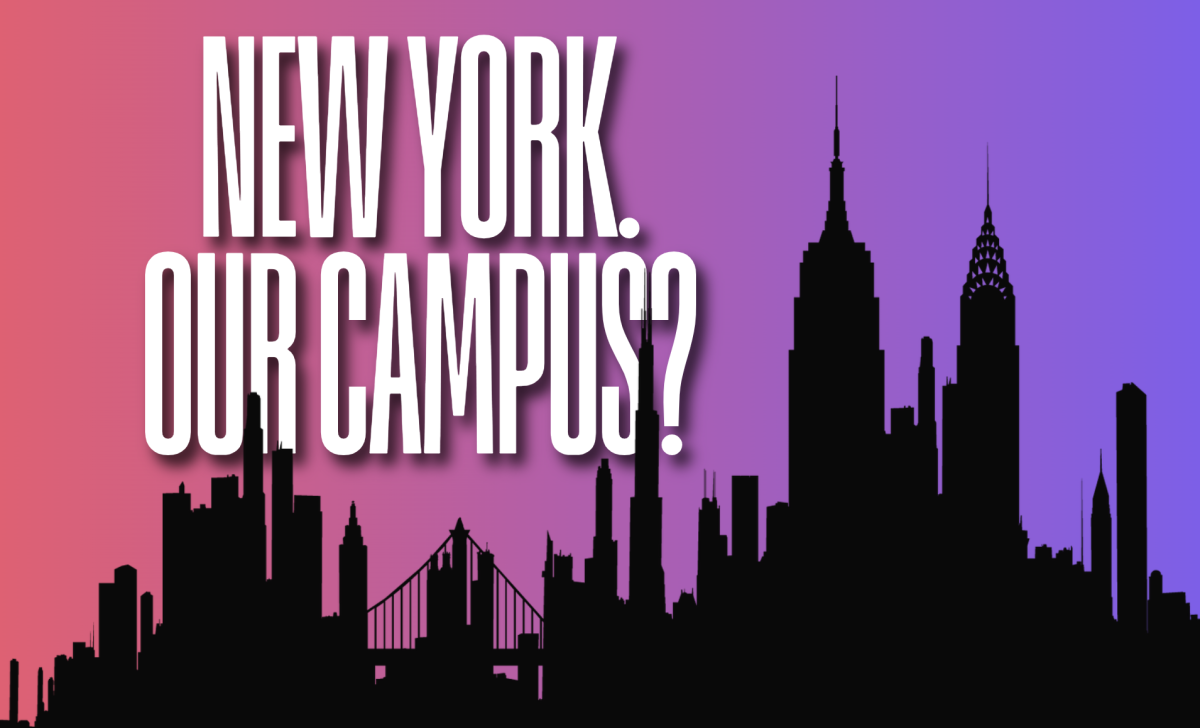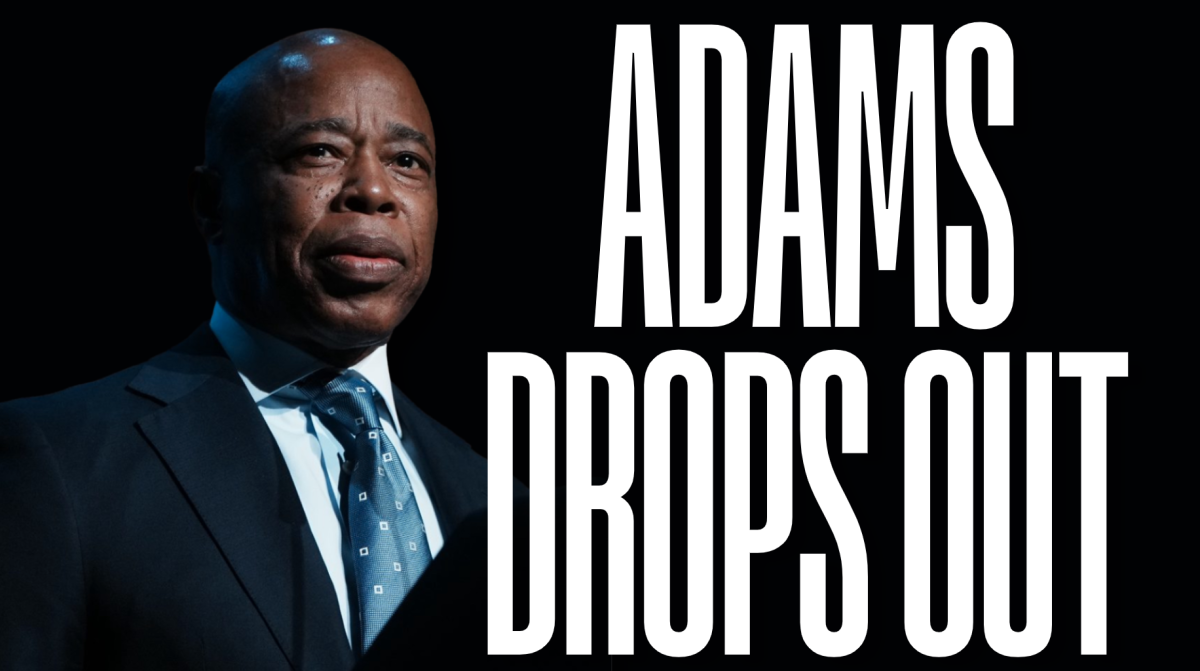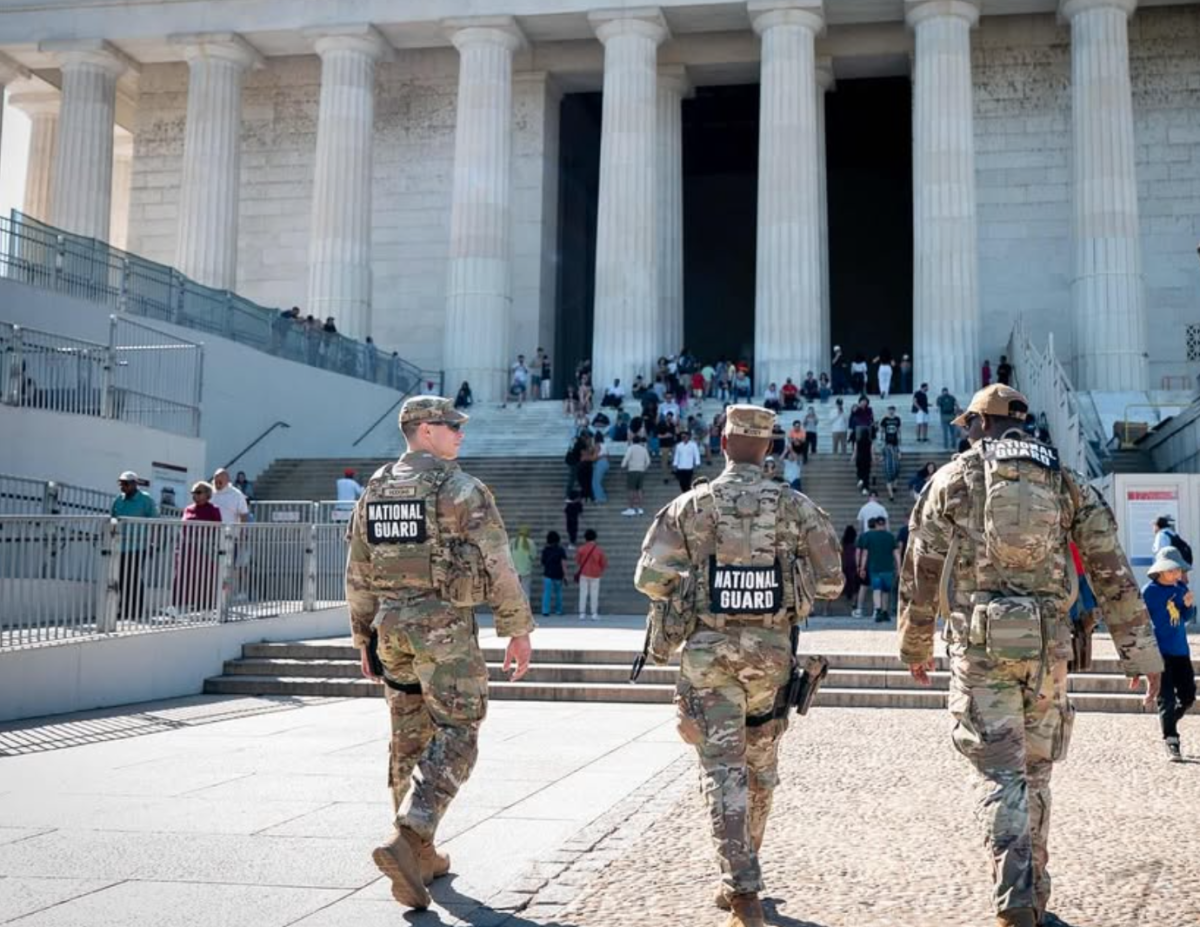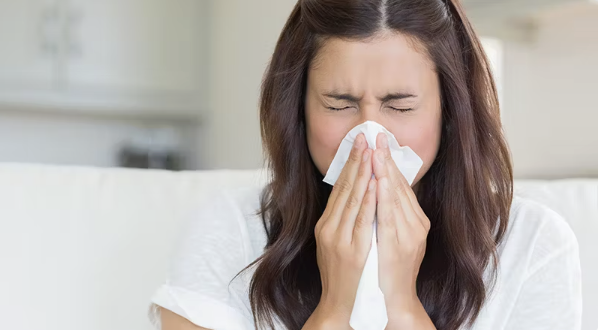We all ride the subway throughout New York City; it’s a staple of New York, whether you’re a native or just visiting. Not to mention, it is the cheapest form of transportation in all of the city, besides most New Yorker’s two handy fast-paced feet. That said, how safe are the subways? Does the Metropolitan Transportation Authority (MTA) Courtesy Counts campaign stay true to its message?
Let’s break down what the MTA Courtesy Counts campaign actually means. Acting Chief Customer Officer and Senior Advisor Shanifah Rieara stated, “In our busy lives, it’s easy to forget that your own individual behavior can have an impact on your fellow riders’ commute, and even their day, so why not be courteous?” Despite what the MTA Rules of Conduct state, not everyone in the city abides by Rieara’s reminder. Safety and courtesy come first in this city, especially for those with disabilities. These are principles which “reminds customers what a difference it can make to keep the doorway clear, or give up your seat to someone who needs it,” said MTA Chief Accessibility Officer and Senior Advisor Quemuel Arroyo.
In a city of millions, small spaces on subway platforms can be excruciatingly uncomfortable. Without any direct instructions, New Yorkers follow a silent script every day. This unspoken code of conduct controls how we commute, share space or even communicate. This ethical code isn’t taught; it is observed, becoming almost muscle memory. When riding on the subway, stay out of the way of the doors, let other passengers pass through and off, give up a seat to anyone who needs it more than you, don’t stop in the middle of a traffic area and always watch your surroundings.
How comfortable should individuals feel on the subway? Some are comfortable enough to breakdance or freestyle to music. Personally, I say that’s going too far. I like to feel safe, or at least have the hopeful feeling of safety, on the subway. Subway rides can be exhaustingly long, so why make it a hassle or uncomfortable for someone? We all have a place we need to get to at the end of our ride. New York City Transit claims that, post-pandemic, they have stepped up, focusing on faster, cleaner and safer service for customers. I can’t complain about the hard work these MTA workers have put into transporting all of us to where we need to go. However, the image of New York City public transportation is illustrated by specific individuals who make it uncomfortable for other passengers to ride the subway. The “Don’t be someone’s subway story” advertisement on the subway really focuses on the presumption of safety that many have unfortunately broken.
The feeling that you might not feel safe on the subway is unnerving. As we have seen on the news, violent and sometimes deadly assaults in subway stations and cars make people less likely to take the subway past a particular hour, and it really does impact the city. In this campaign encouraging riders to not become someone’s subway story, is the MTA really doing all it can do to promote safety? Is encouraging bystanders to intervene when they notice unsafe behavior good enough of an effort? Keeping subways safe is a lot easier said than done. When an unexpected incident emerges, most are not ready to react right away. We can address this issue by creating boundary checklists for situations when someone’s behavior warrants concern.
For instance, imagine someone on the subway is publicly disrespecting and endangering others. This could include noticing aggression, threats of violence, harassment and disorderly conduct. A New Yorker will usually mind their own business — until someone disrupts the collective flow or crosses a moral line. At this point, the city’s unofficial “mind your own business” motto should flip; bystanders should intervene or call for help.
New Yorkers are able to share the chaotic, confined spaces of mass transit by adhering to this principle of respect for public spaces. So, it’s a practical ethic built on co-existence. It can spark debates when tourists visit, unaware of the unspoken rules of New York; however, safety and respect are the number one priorities for New Yorkers.
With the 34 new illustrations, the MTA is promoting the hope that the subway becomes safer for New Yorkers. Riders will continue to see MTA ads on the subway displaying messages such as “If you don’t make the train, don’t make it wait,” “Let’s clear the air,” “Leave some seat for the rest of us,” “Pull the plug,” “Watch your backpack,” “Seats are for butts, not your bag” and “Take your trash when your ride is over.” The Courtesy Campaign is “a great reminder of who we are as New Yorkers, the way we would like to be treated and the way we ought to treat each other,” said NYC Transit Senior Vice President of the Subway Demetrius Crichlow.
Ultimately, this campaign was launched in accordance with increasing mass transit ridership. Earlier this month, the New York City subway reached its highest post-pandemic single-day total for paid rides in a row. On Wednesday, Sept. 20, subways recorded 4,179,902 paid rides, surpassing the previous post-pandemic high of 4,144,828 set just a day before, on Sept. 19. This is a significant improvement over that post-pandemic high. The MTA Metro-North also celebrated its ultimate high of 192,103 rides. While the MTA Courtesy Counts campaign is not the whole solution to the lack of mutual respect and safety on our subways that can come with increasingly busy subways, it’s definitely a step in the right direction.
Bridgette Leahy, FCRH ’27, is a journalism major from Basking Ridge, New Jersey.

